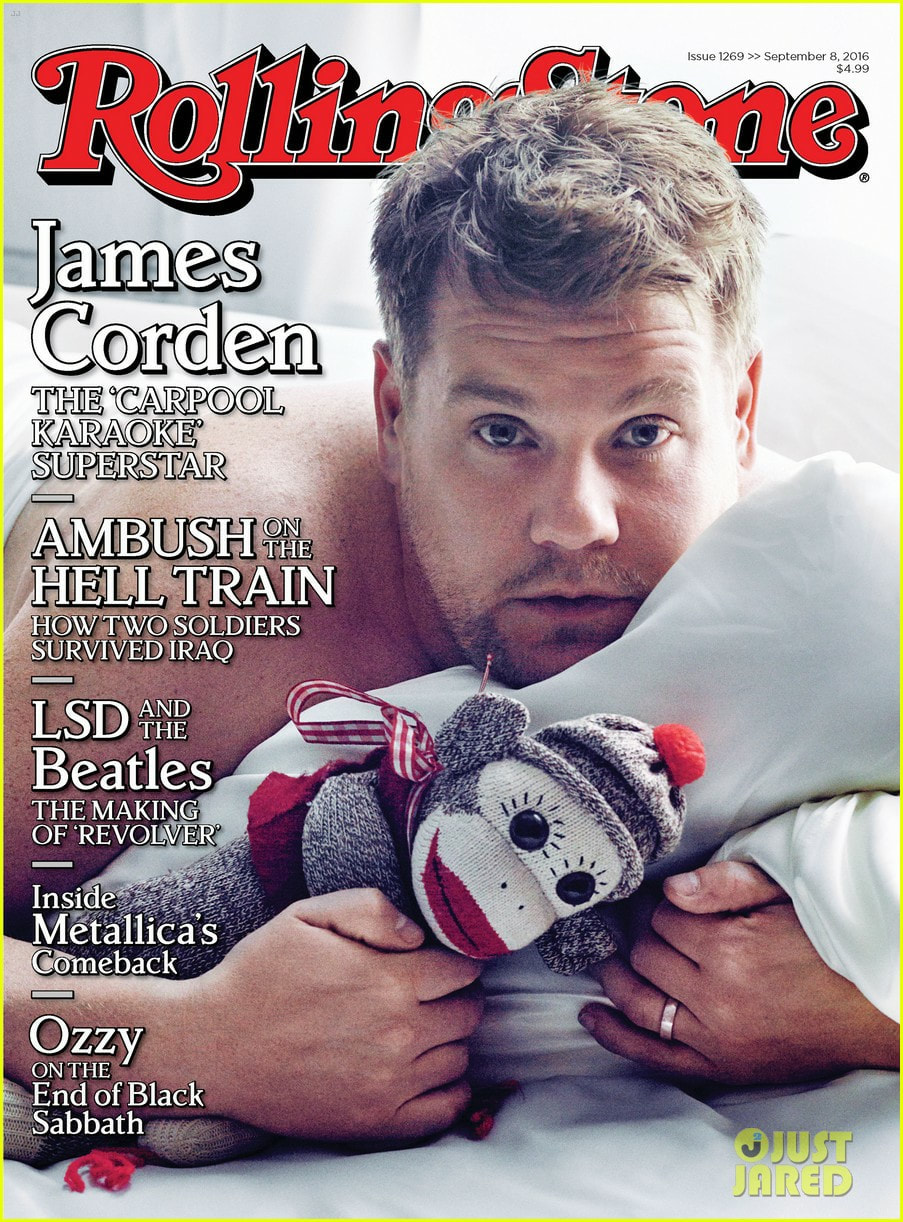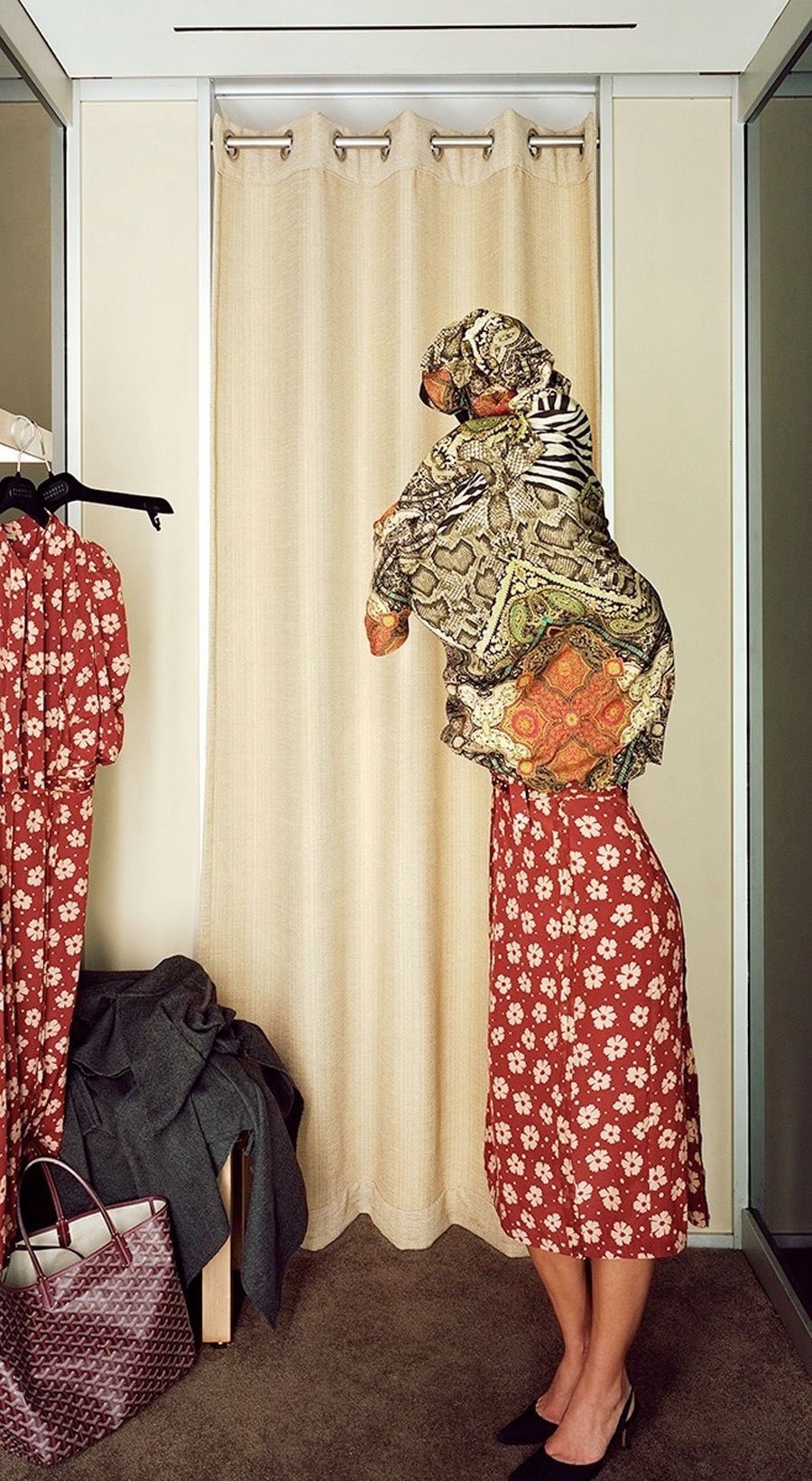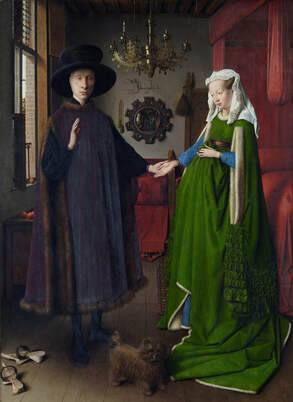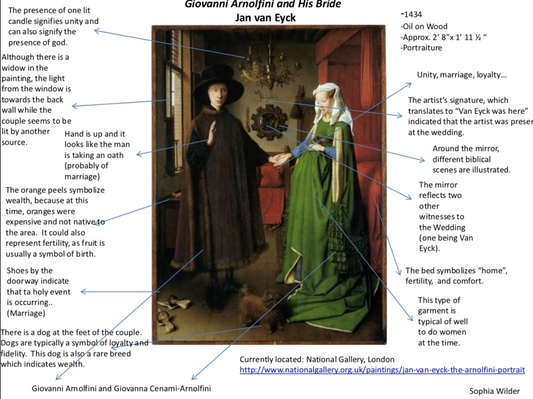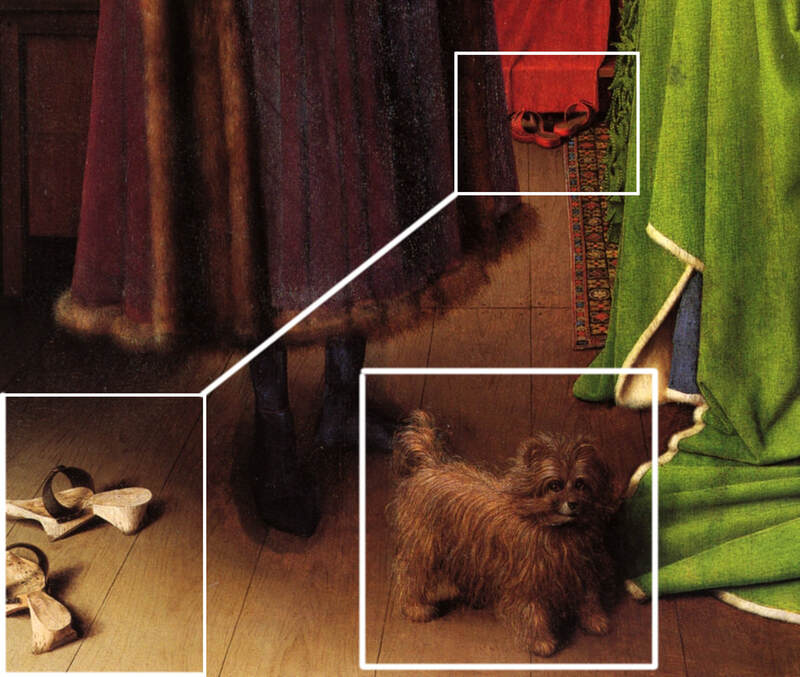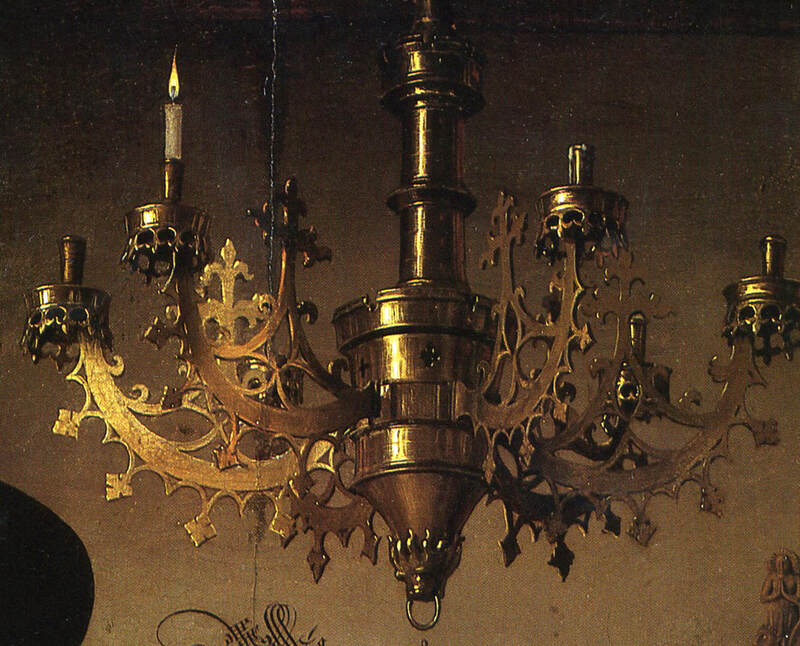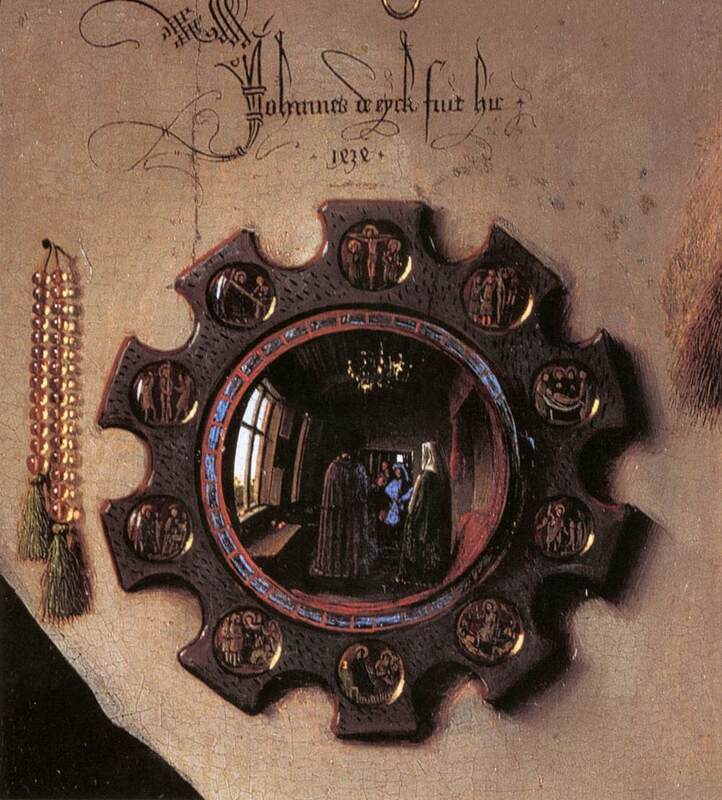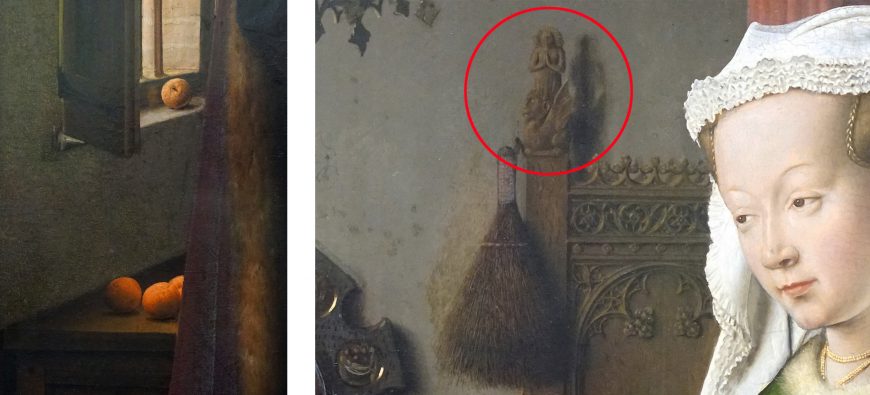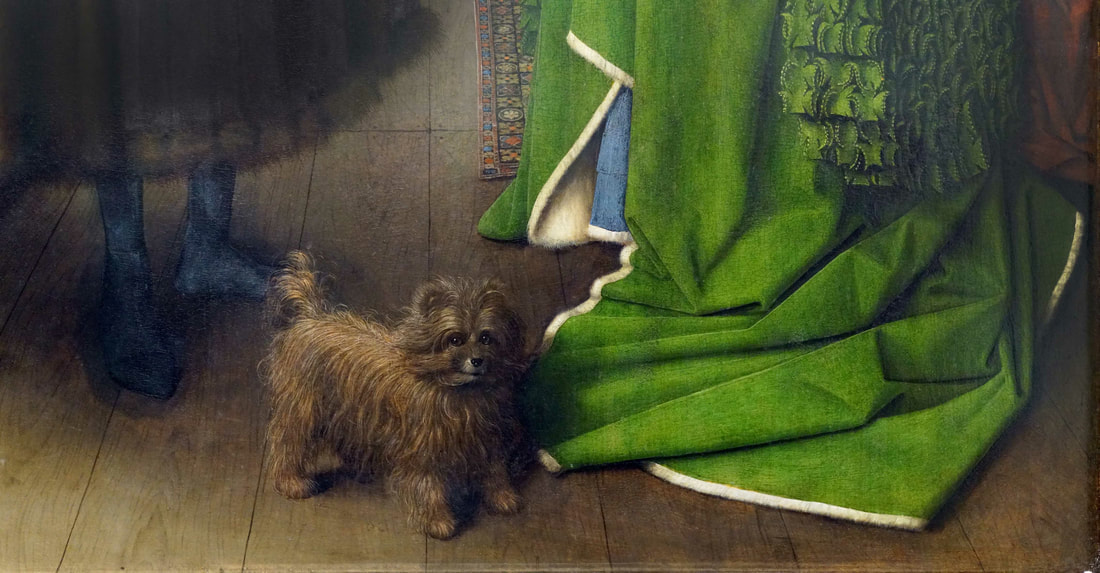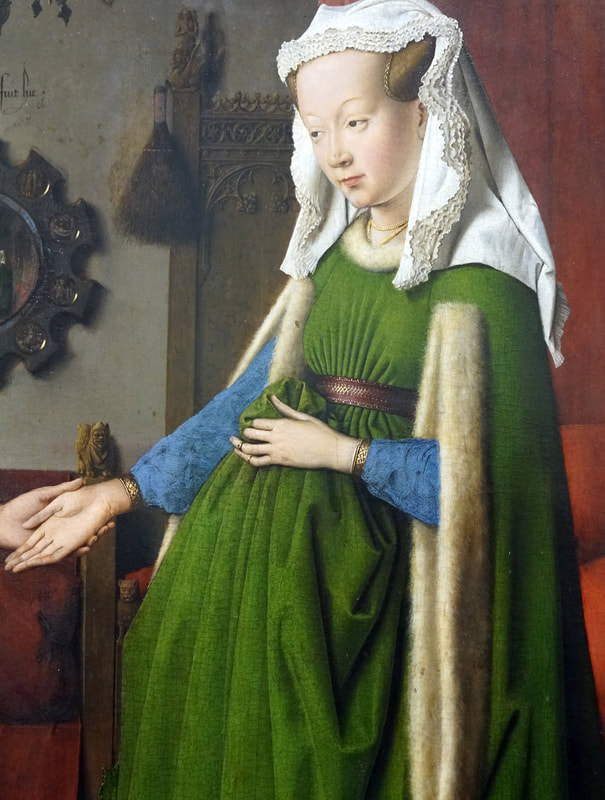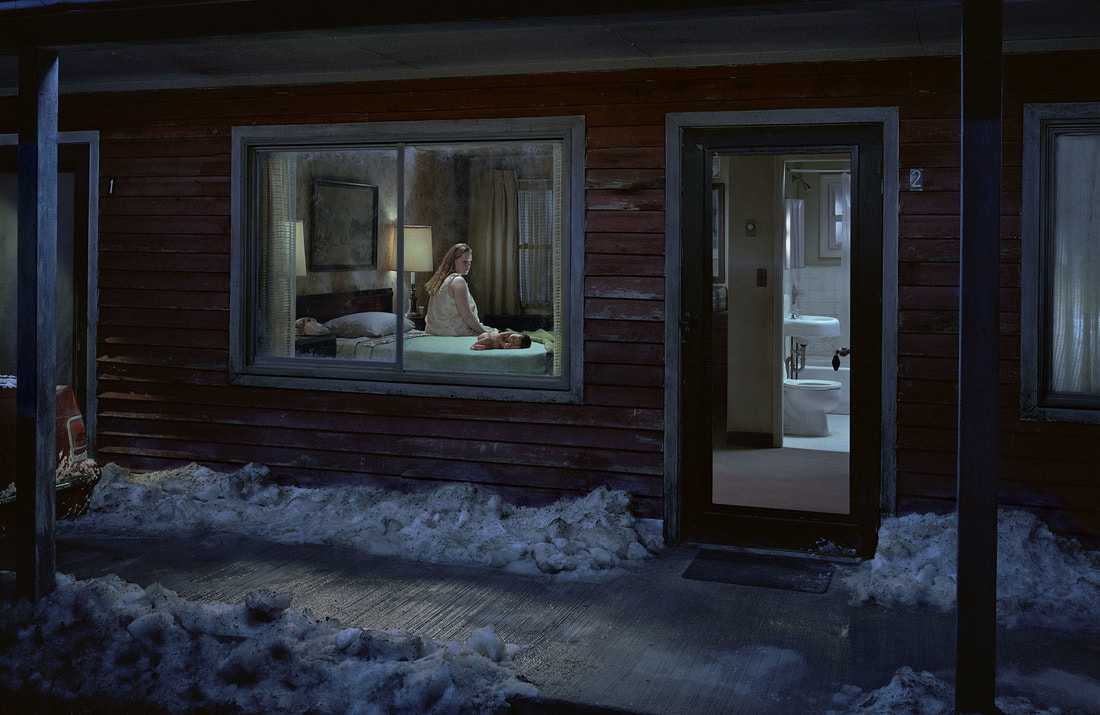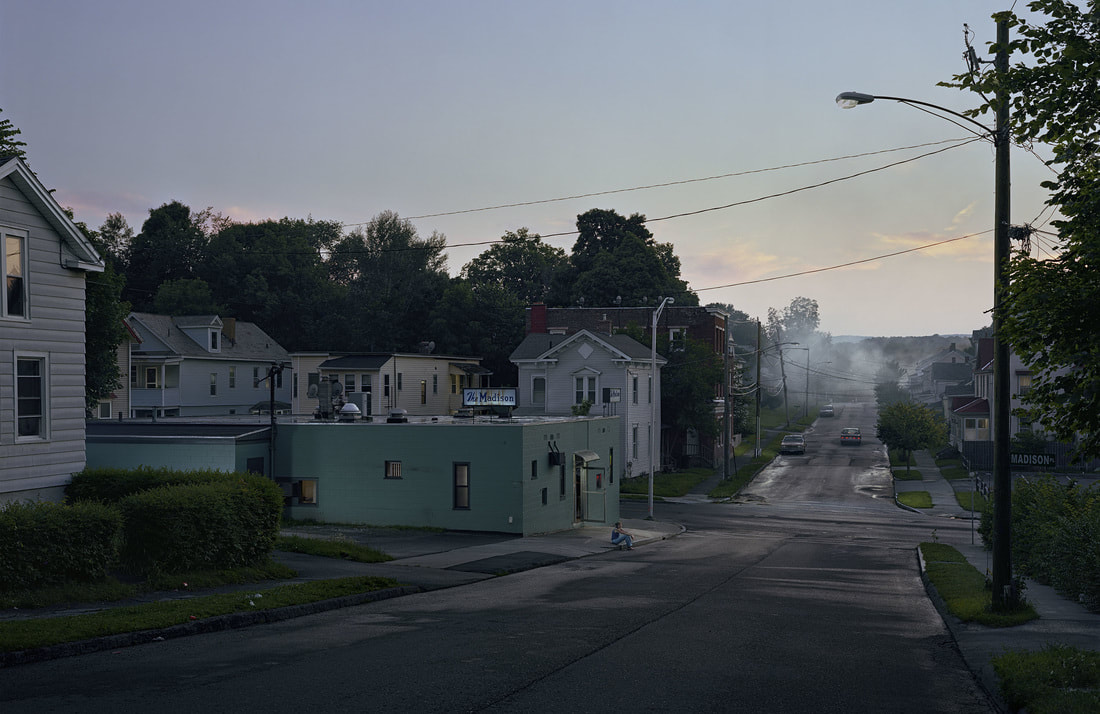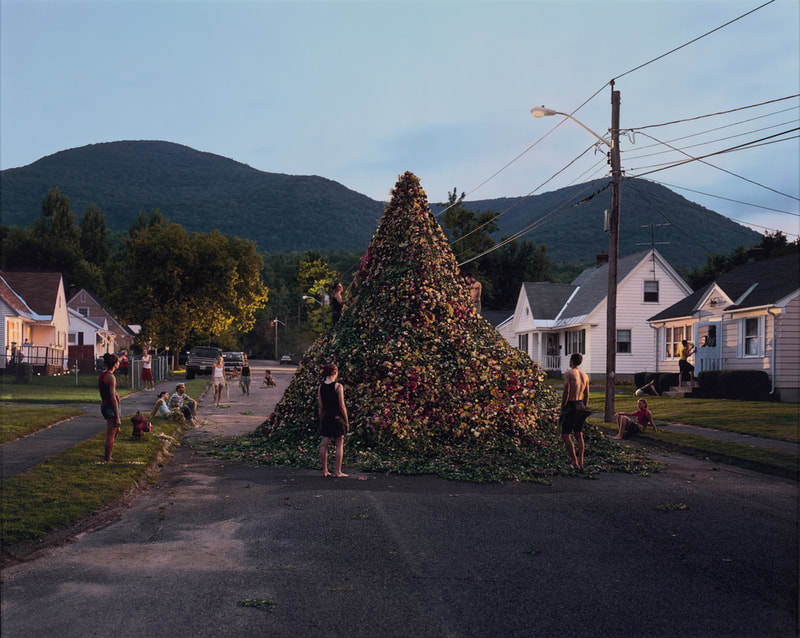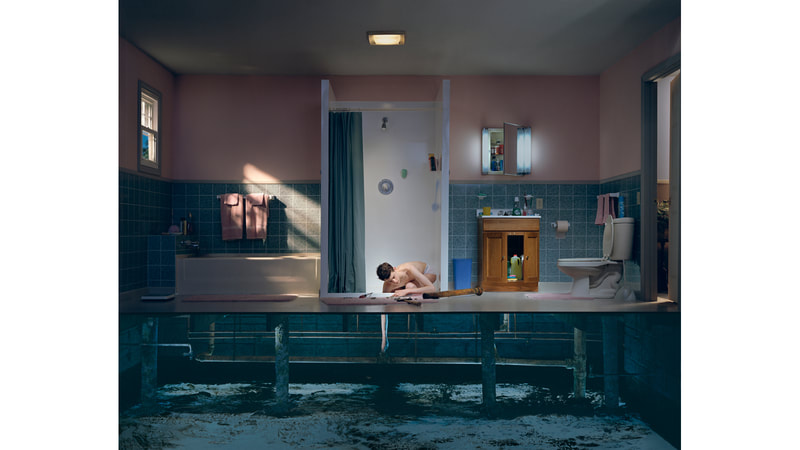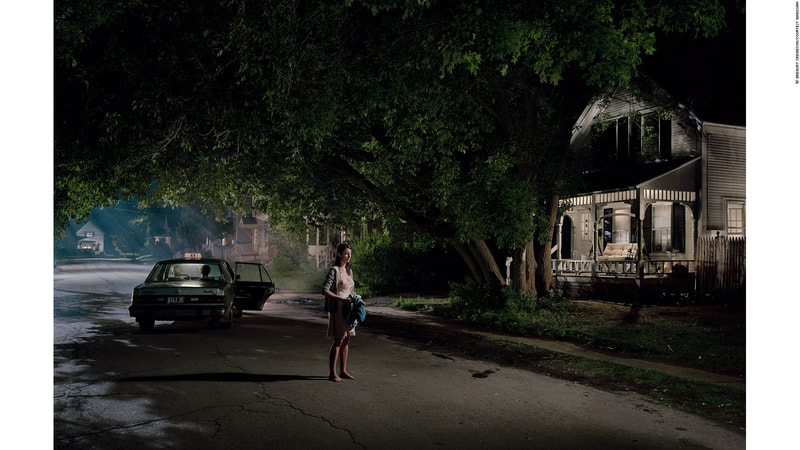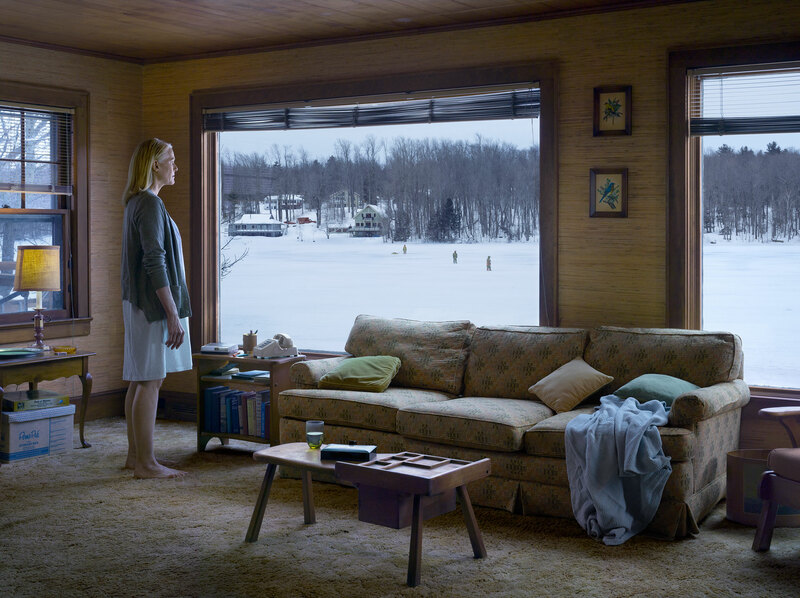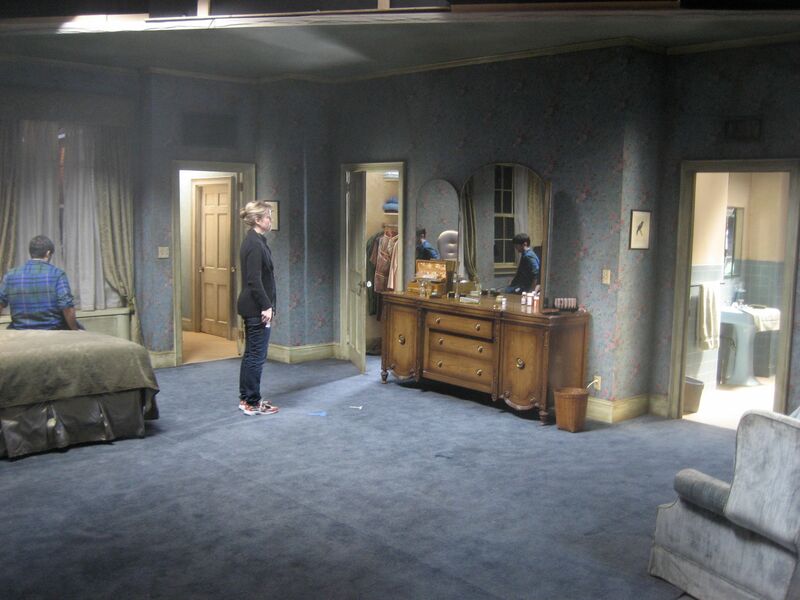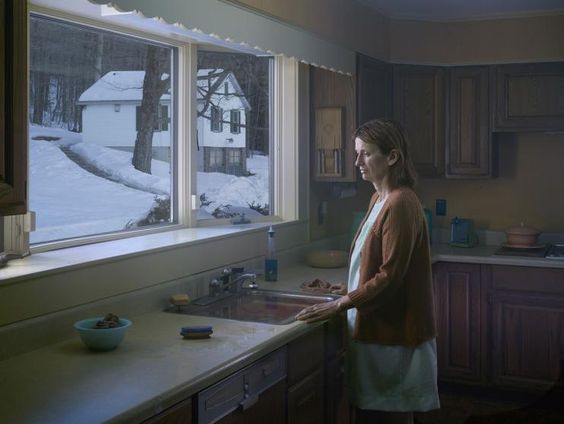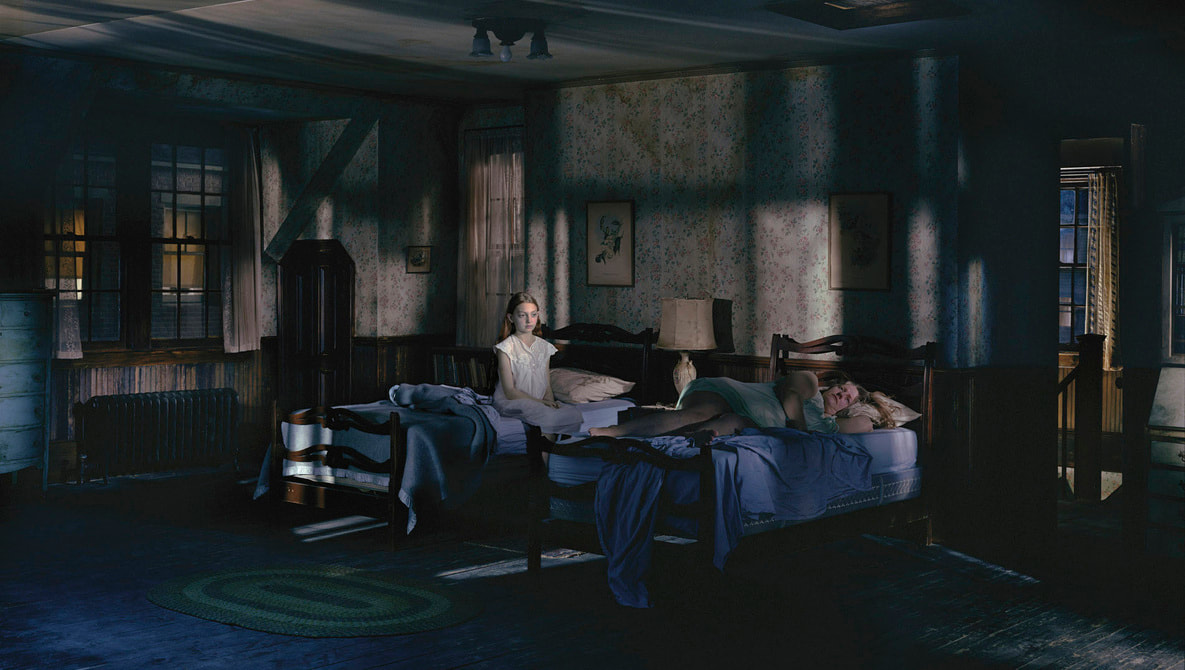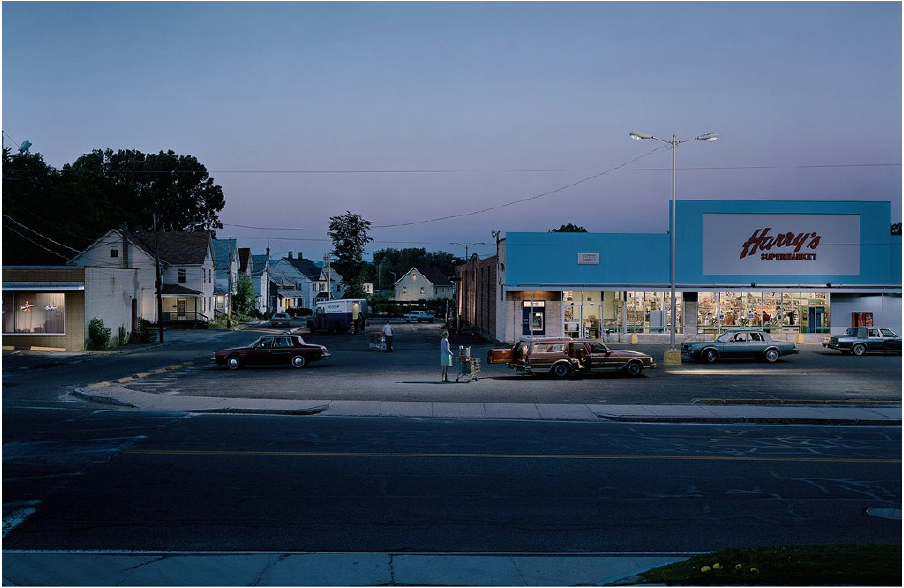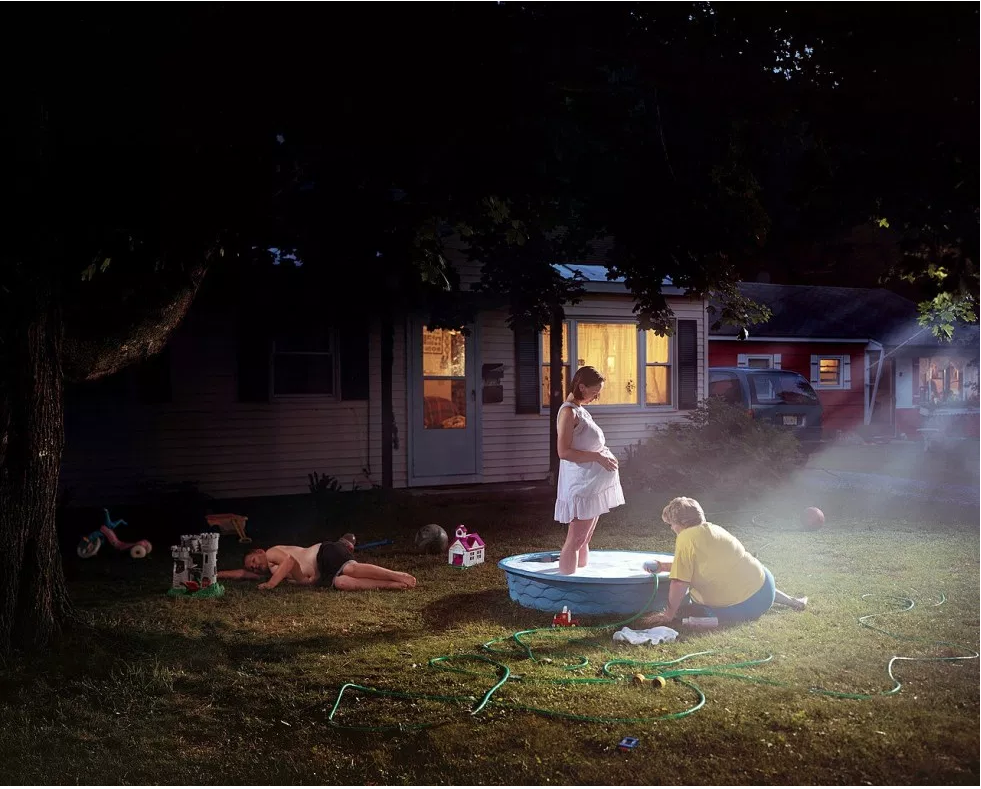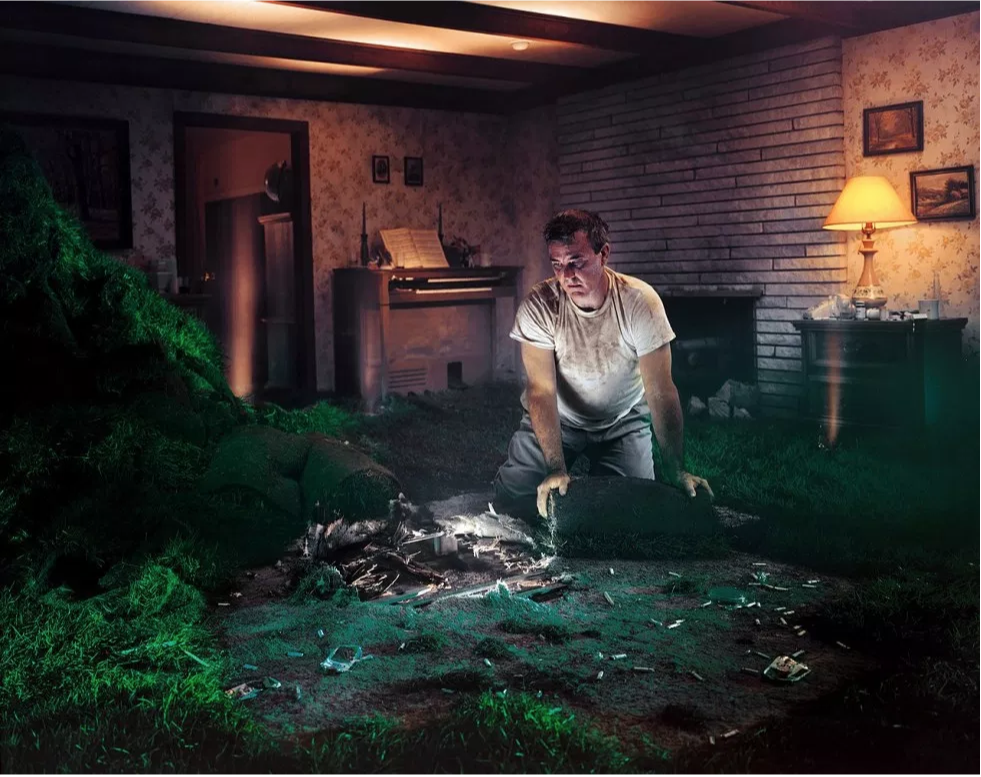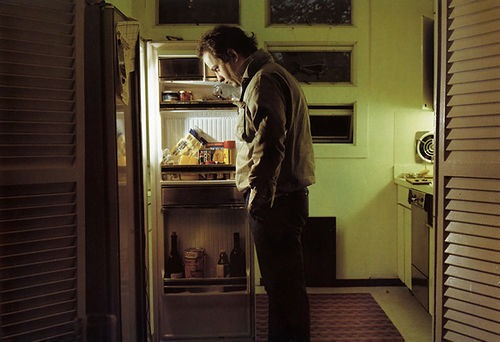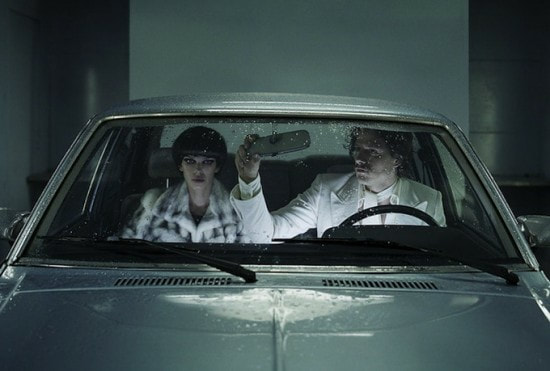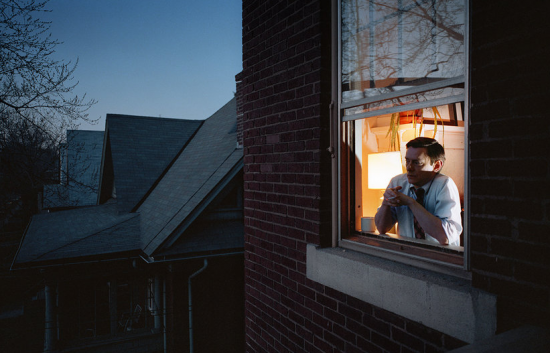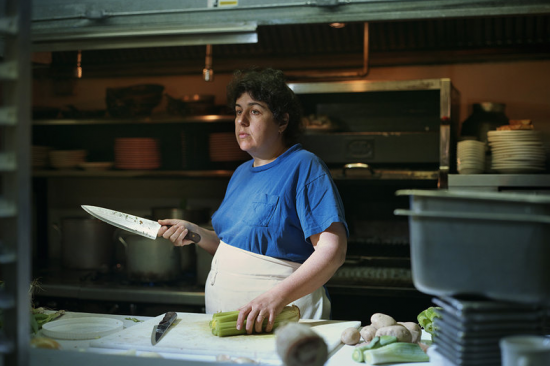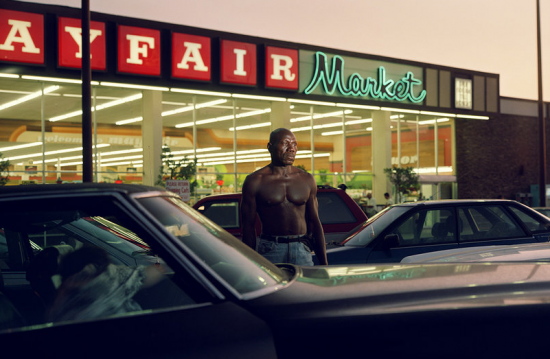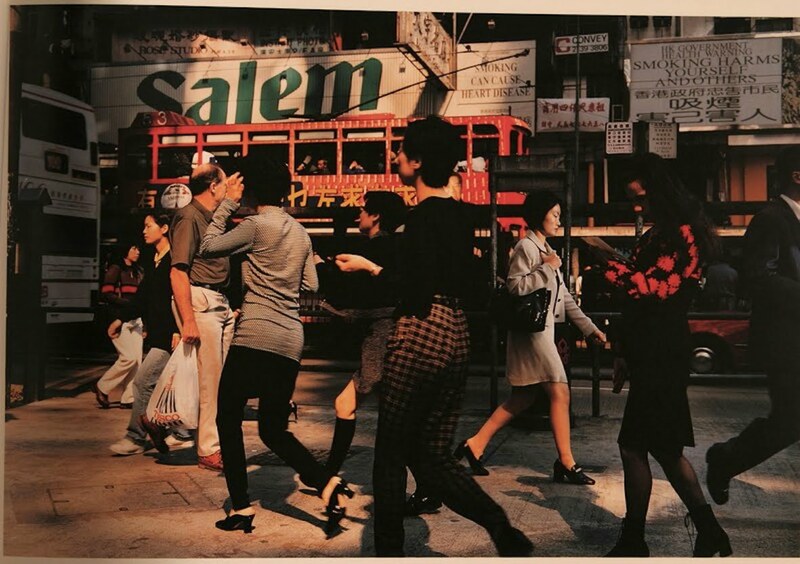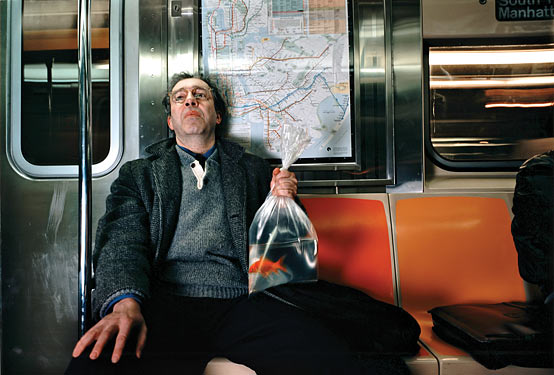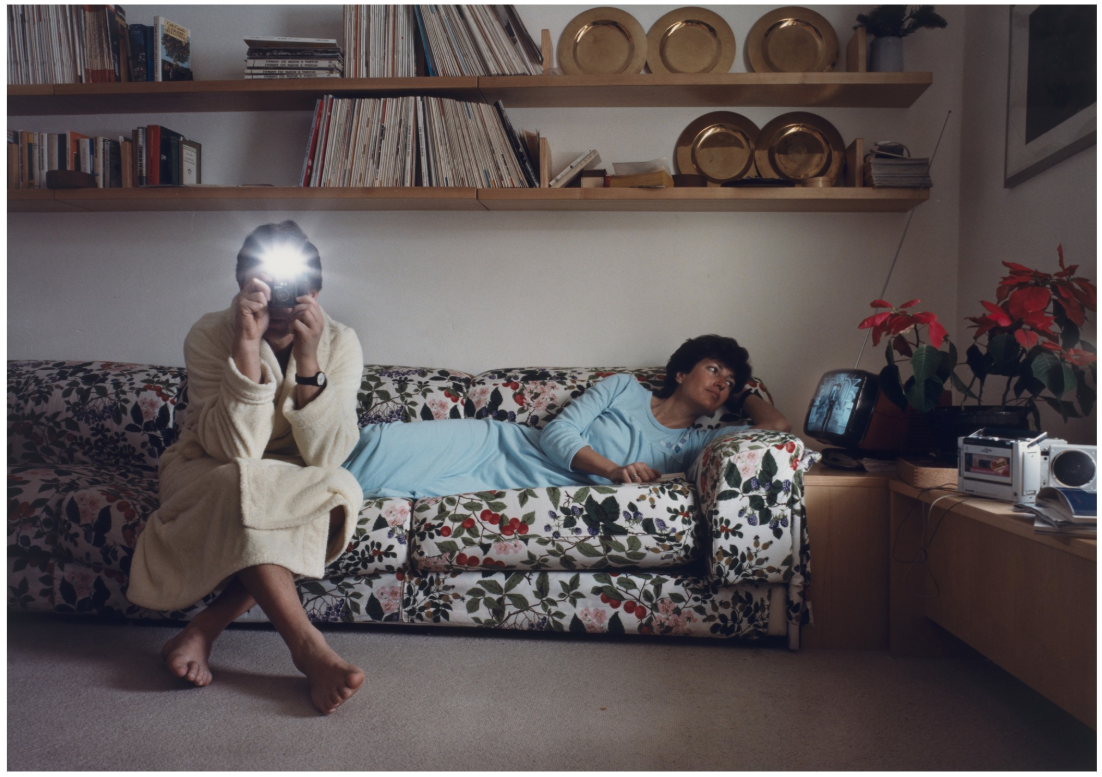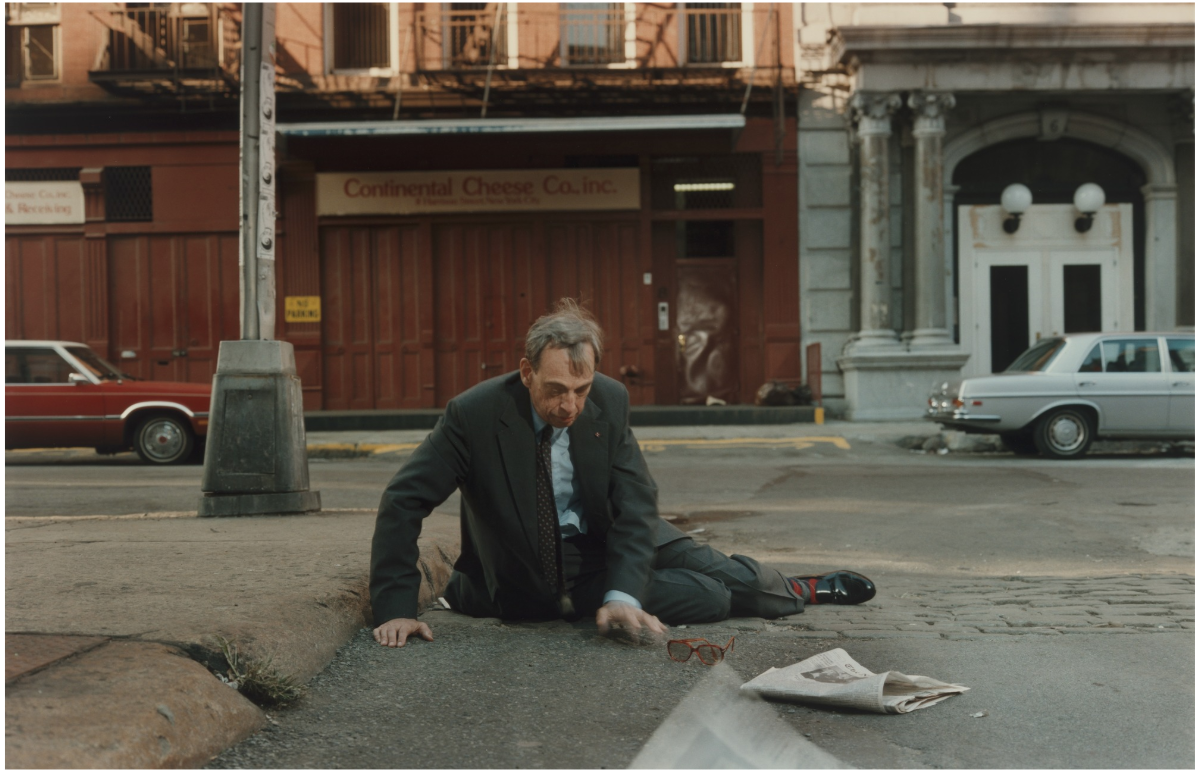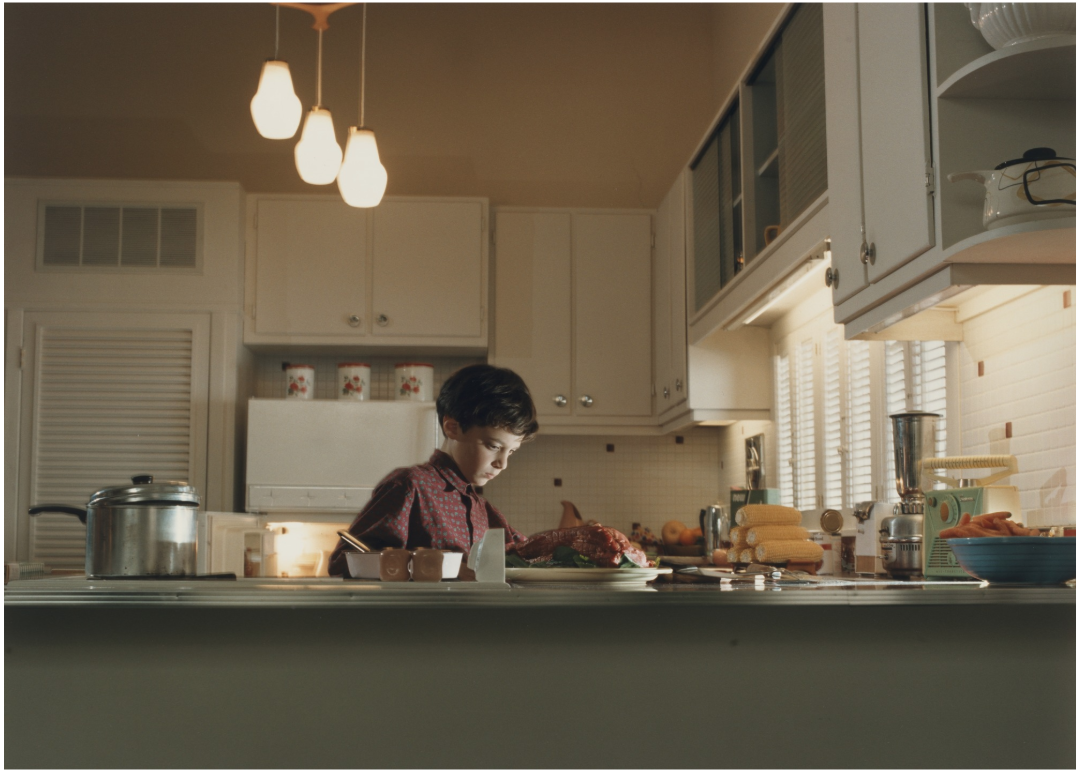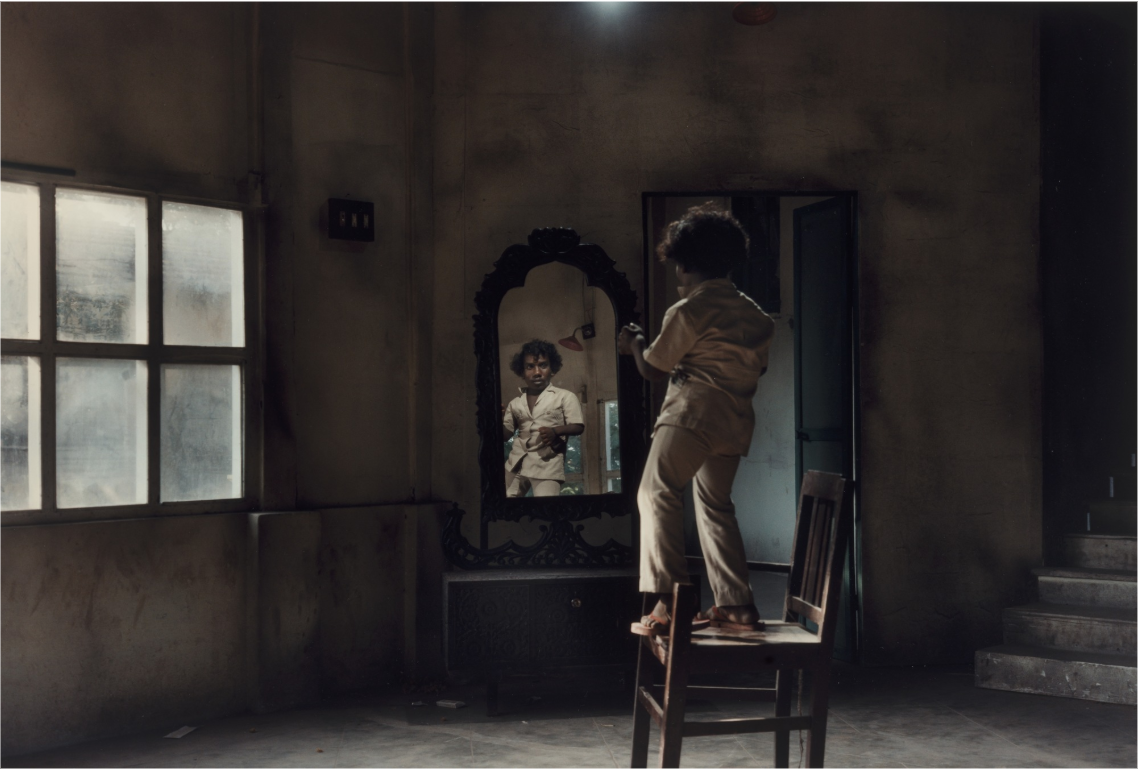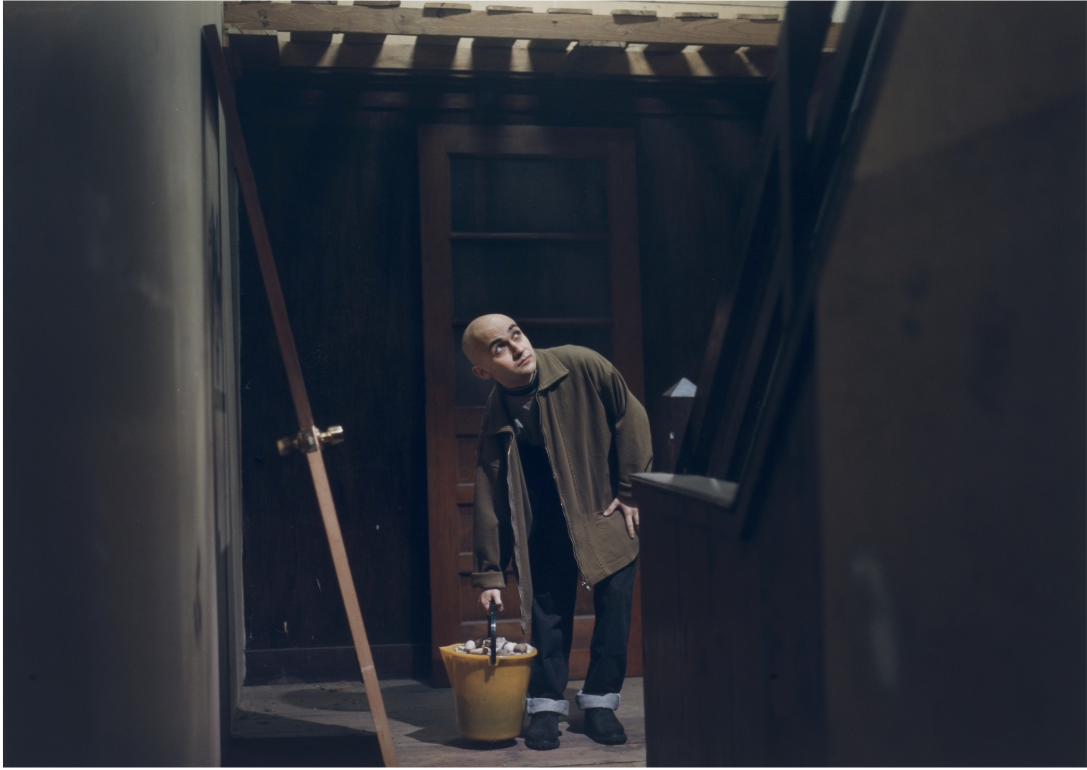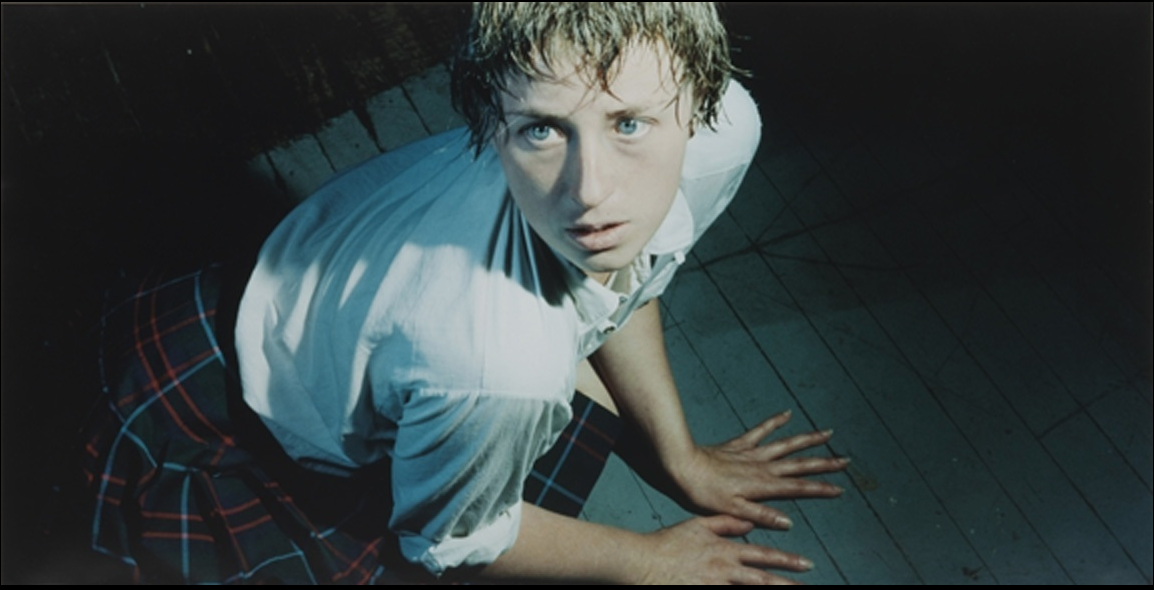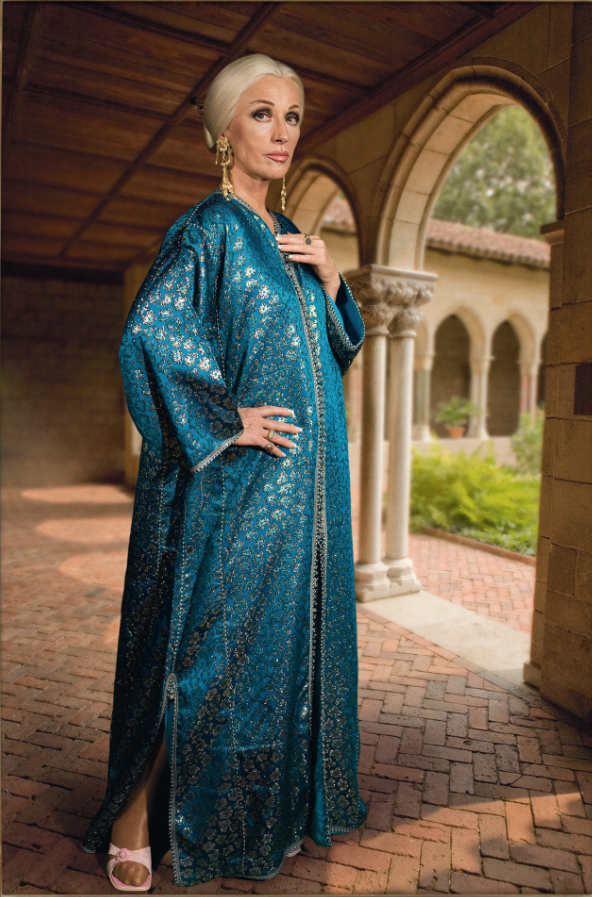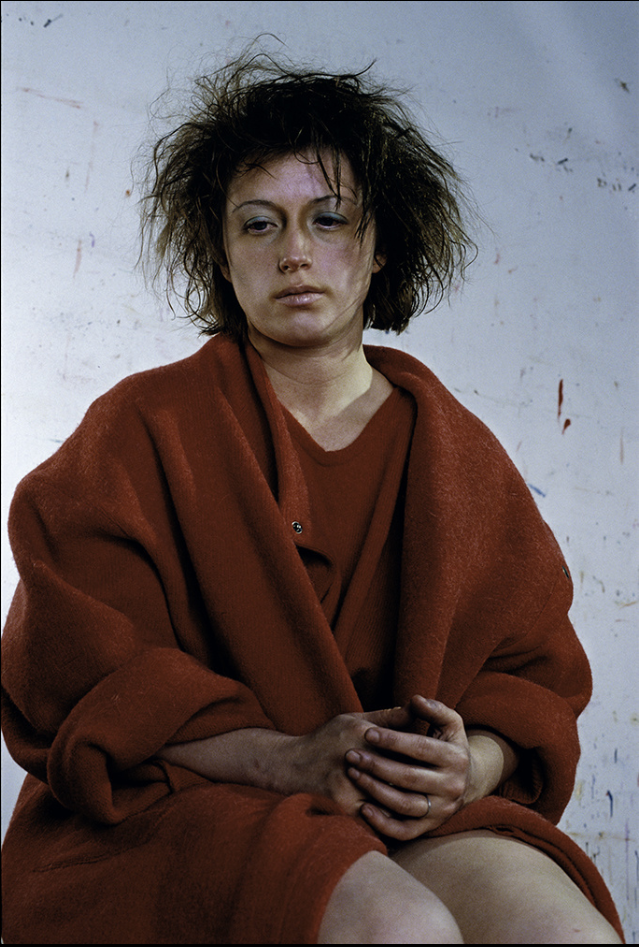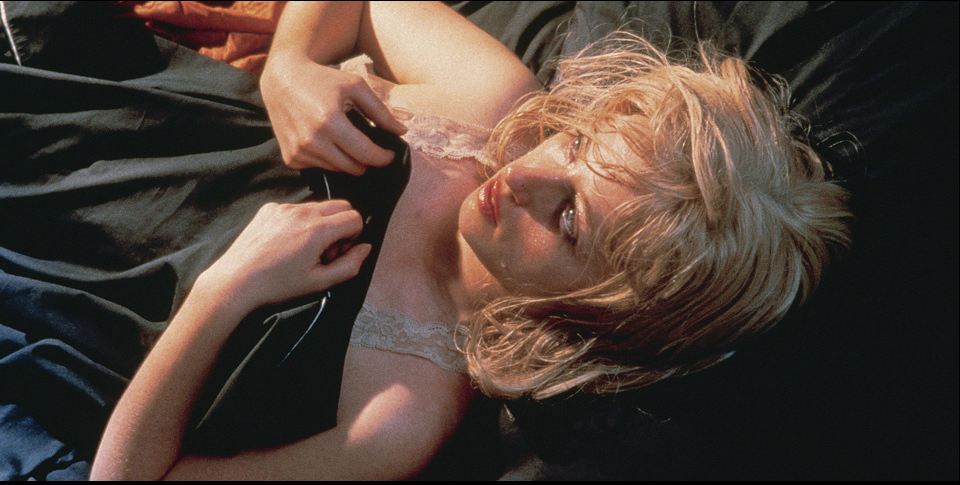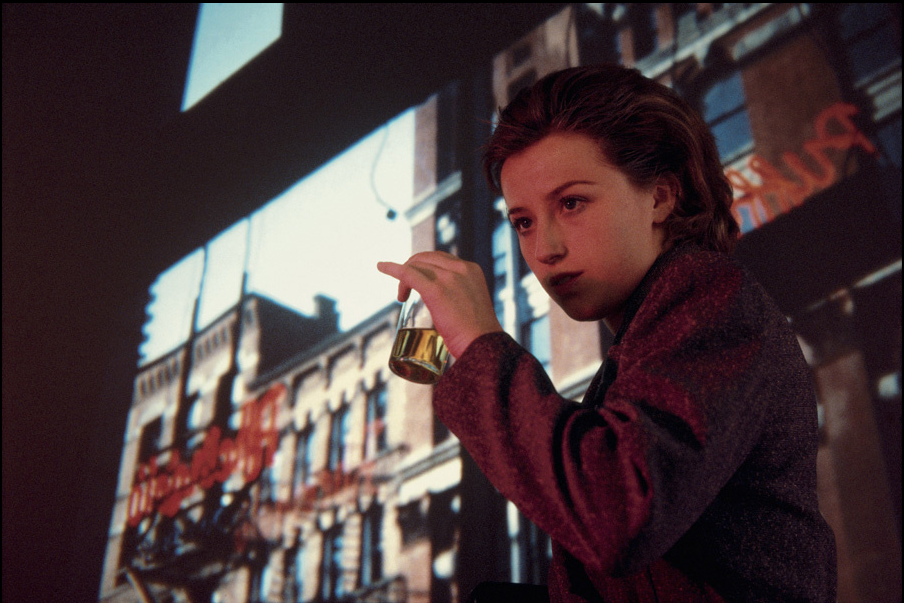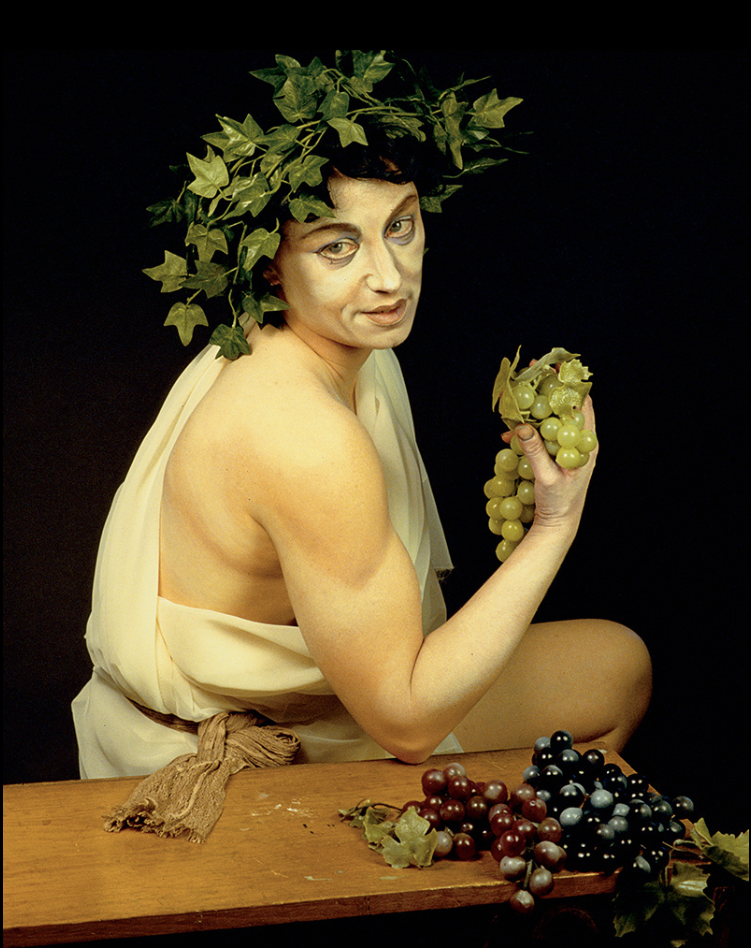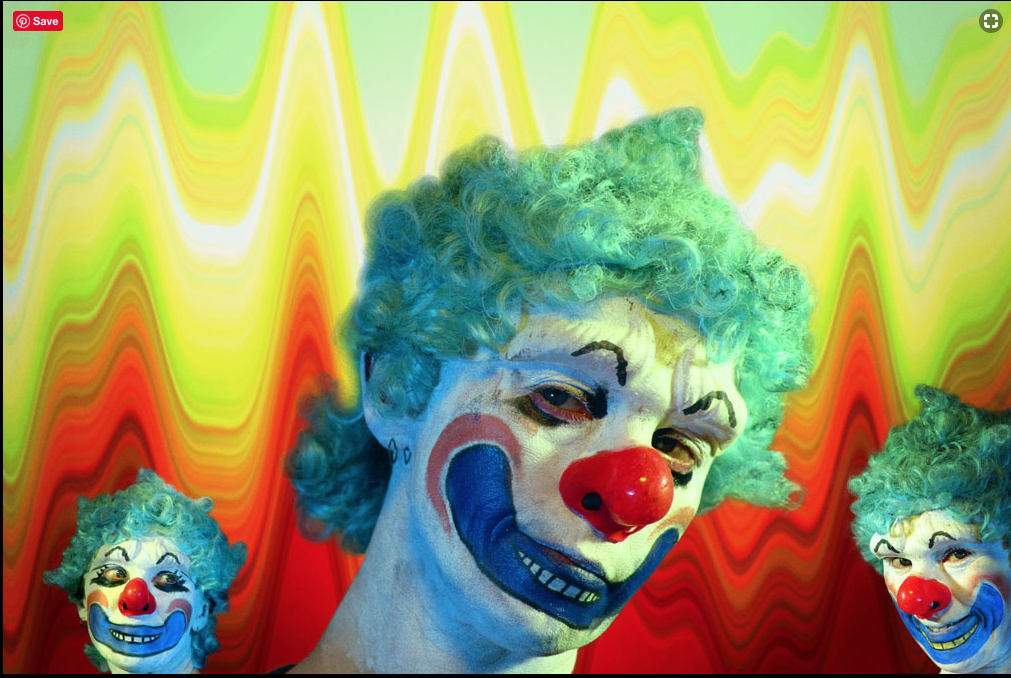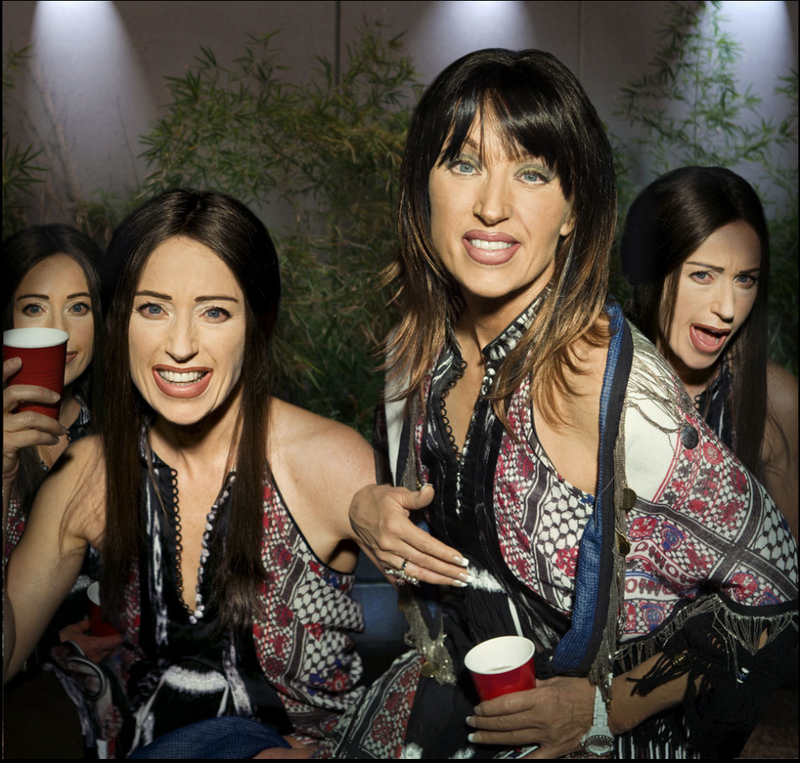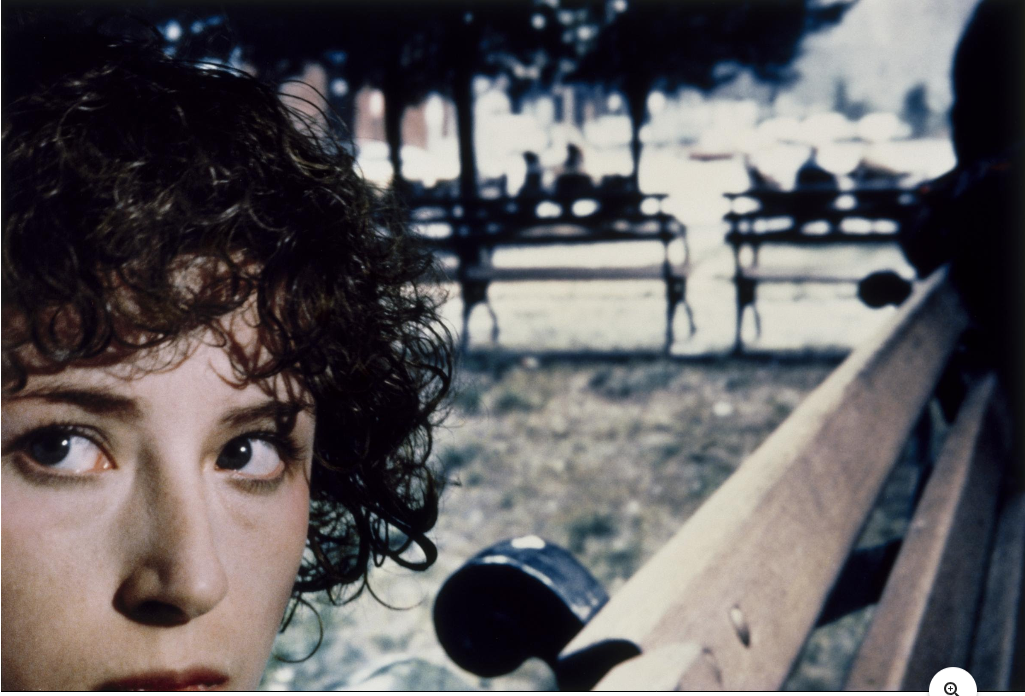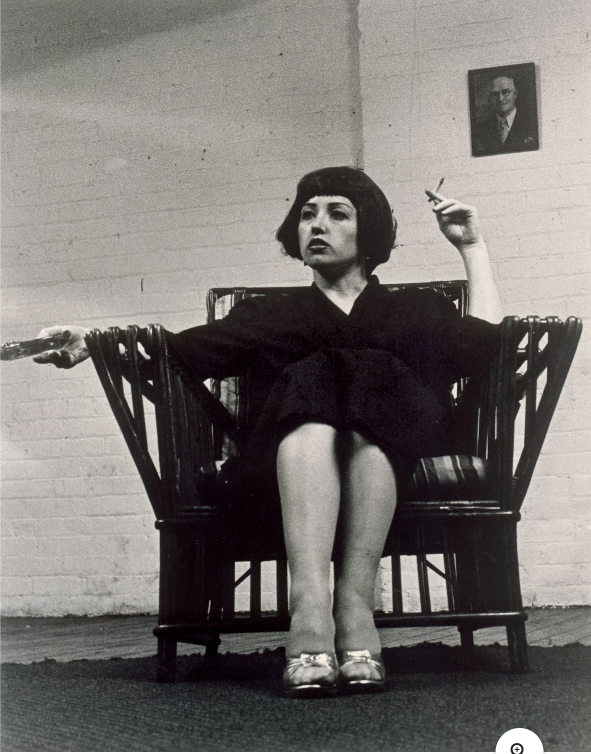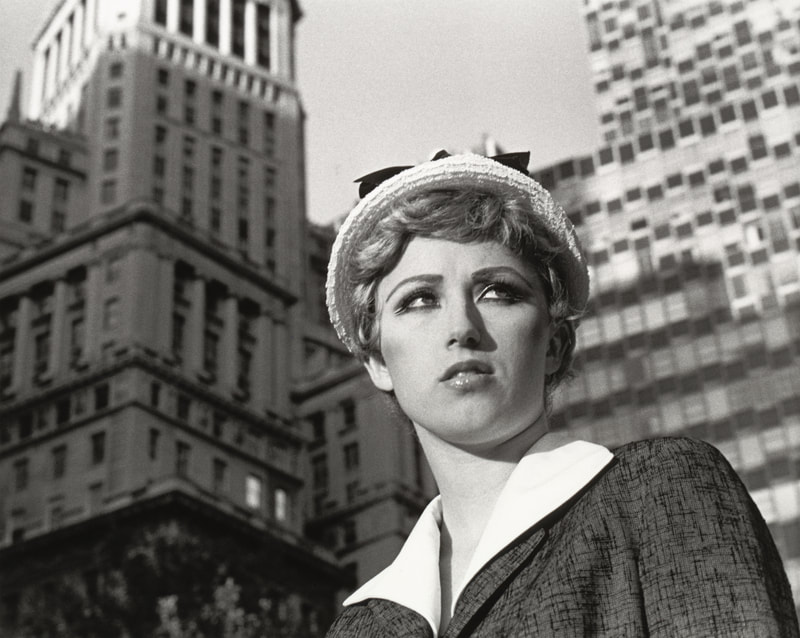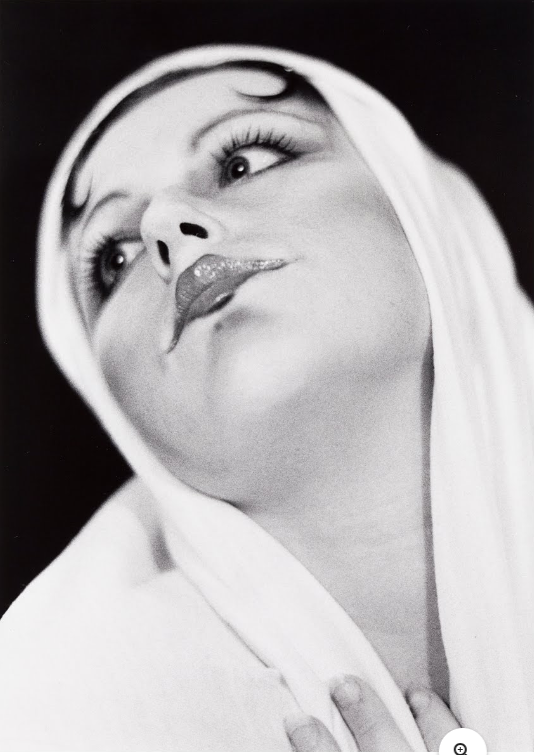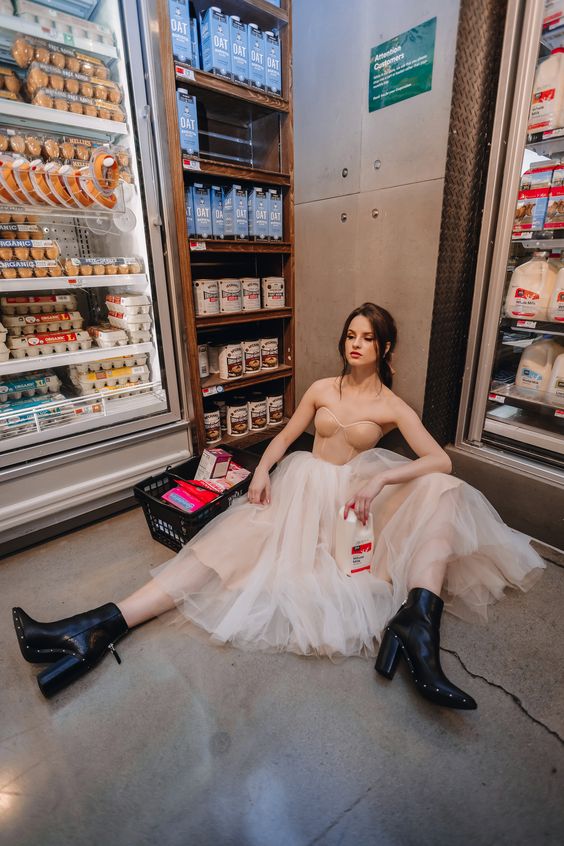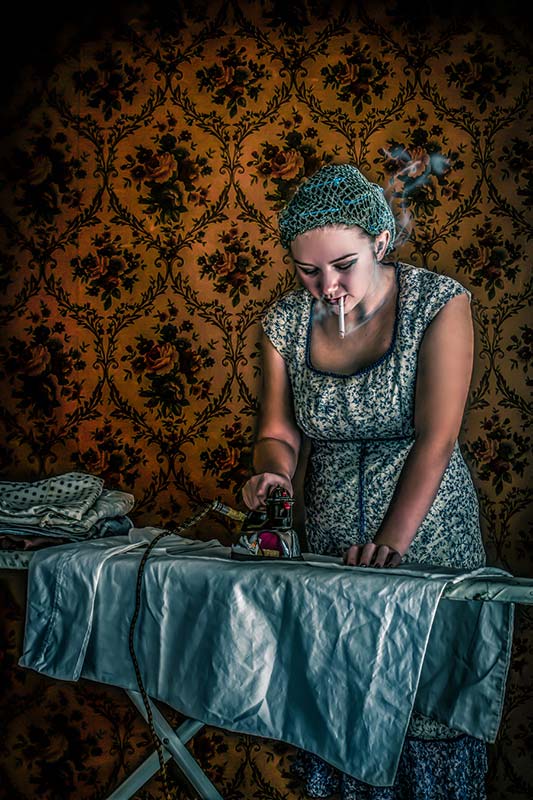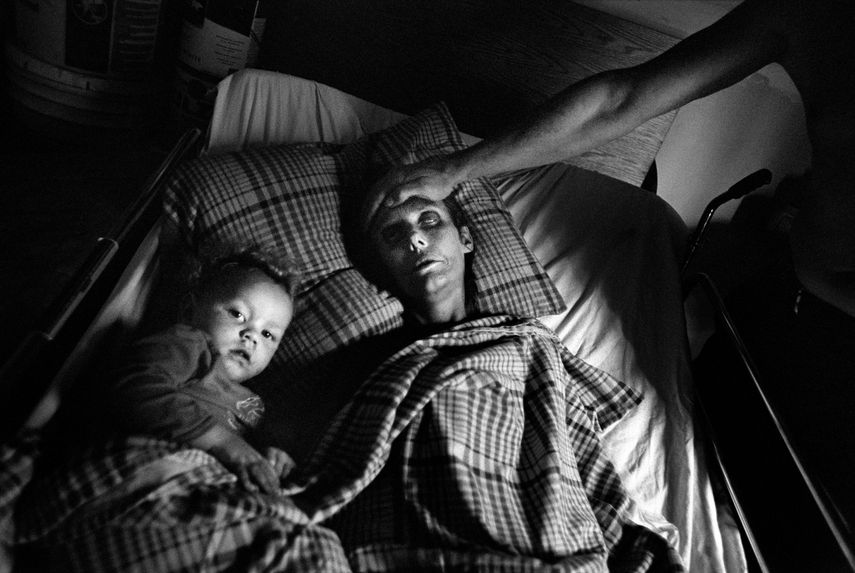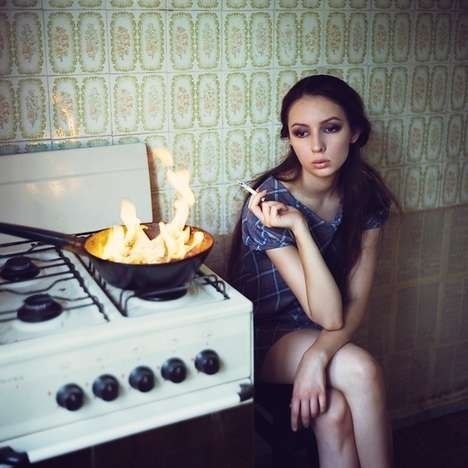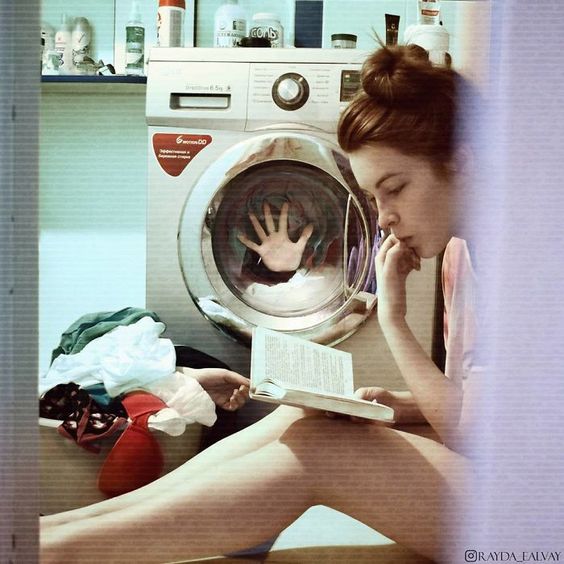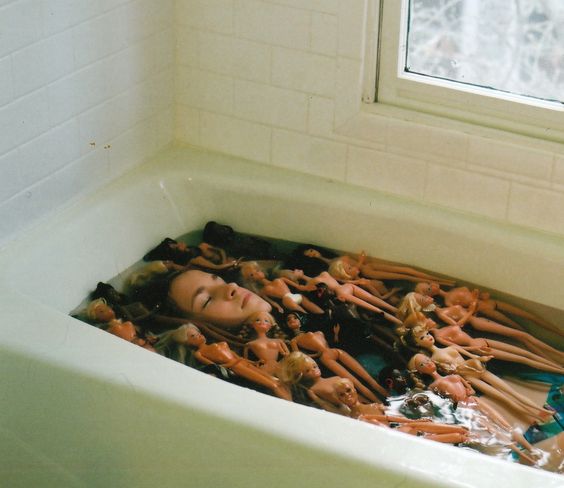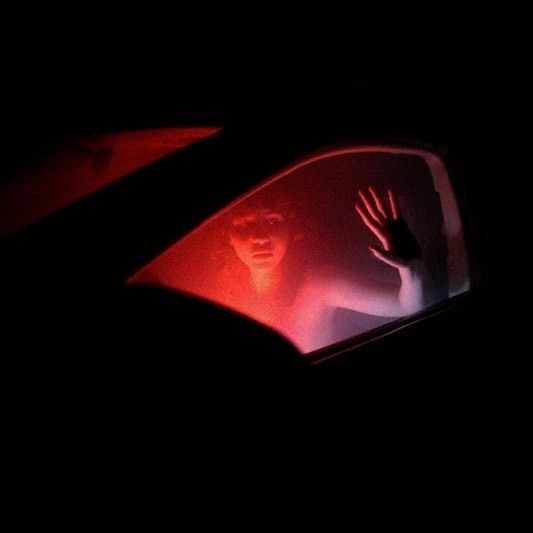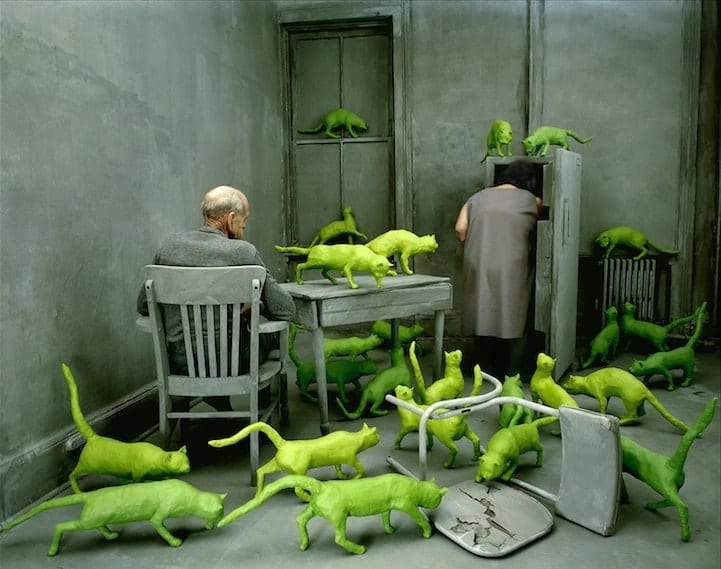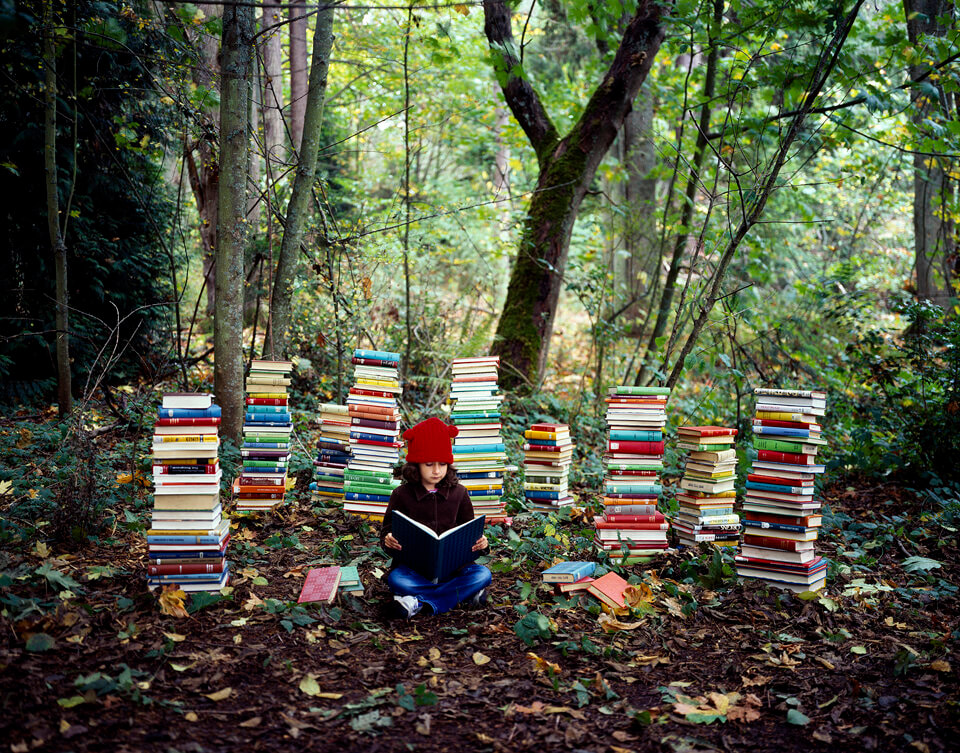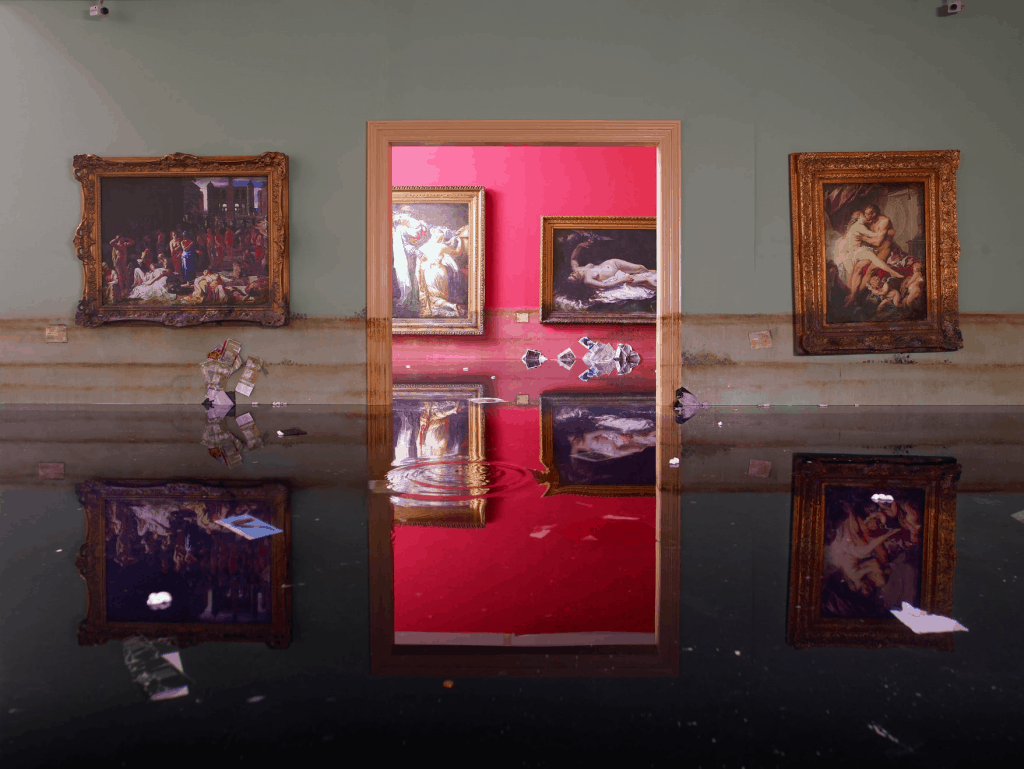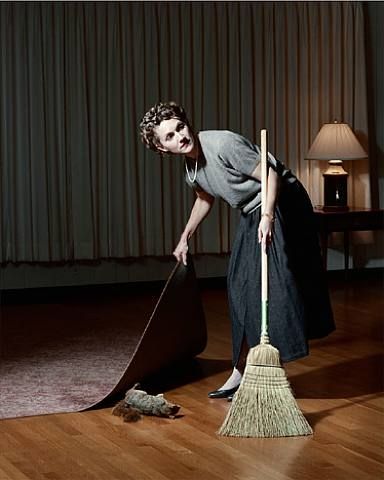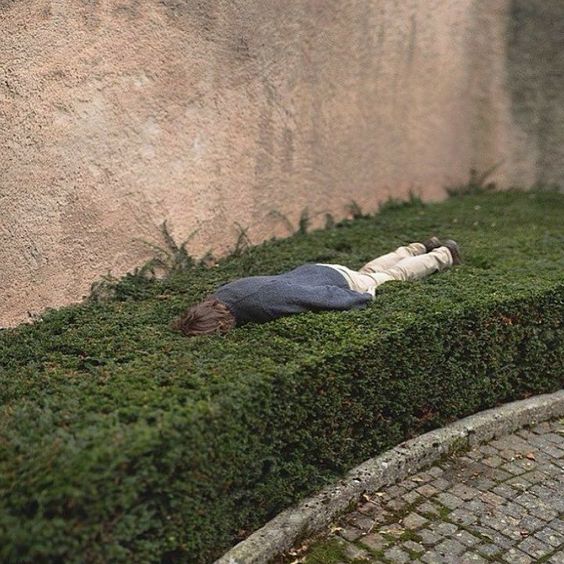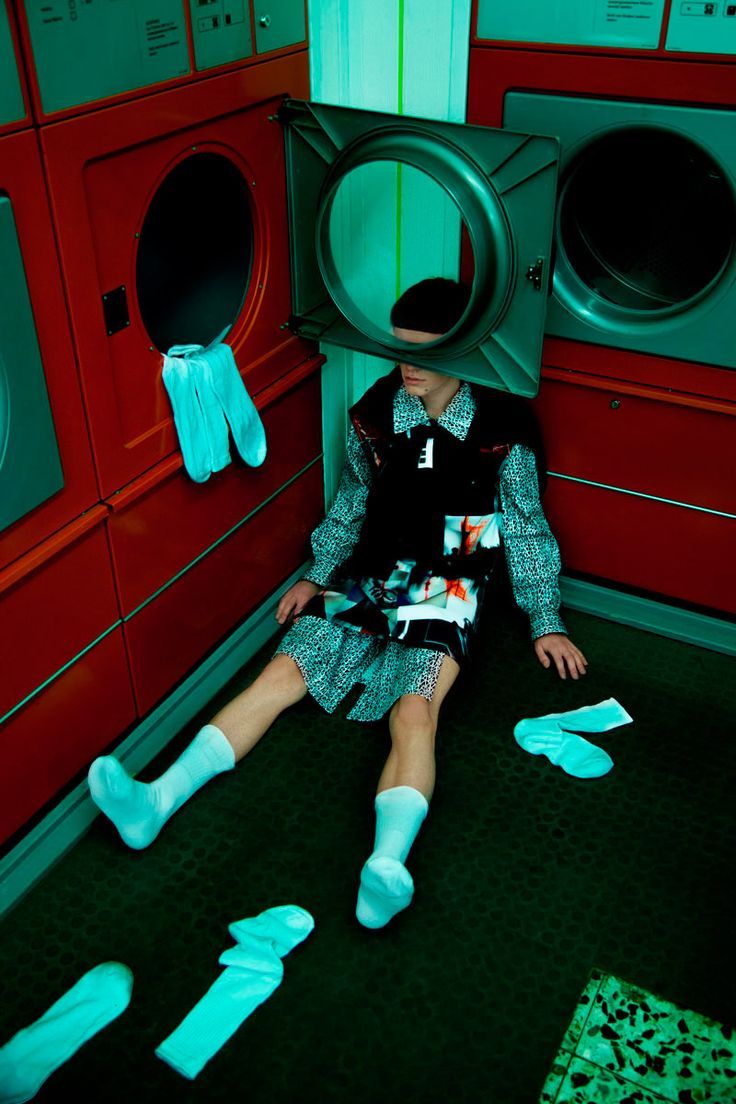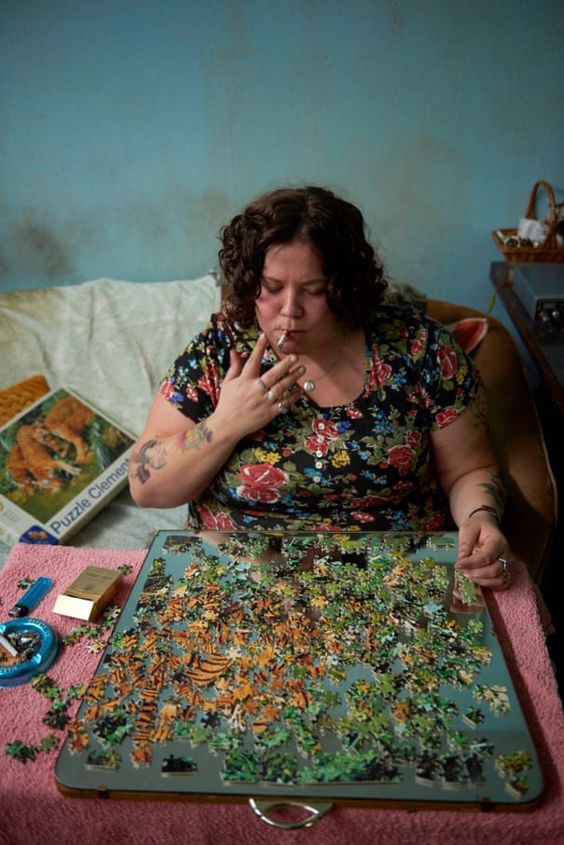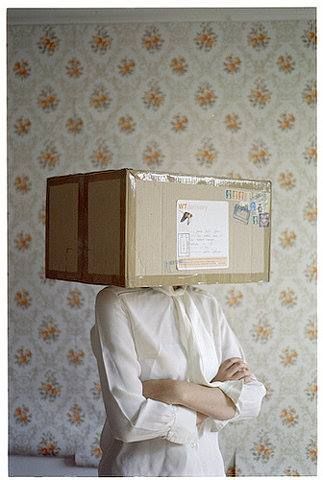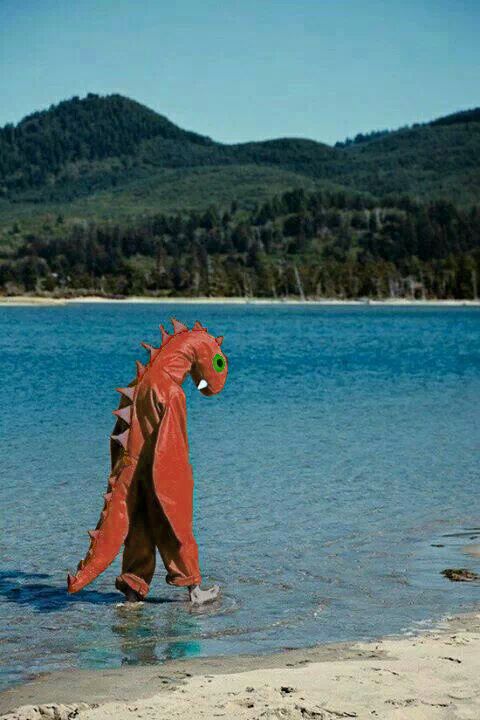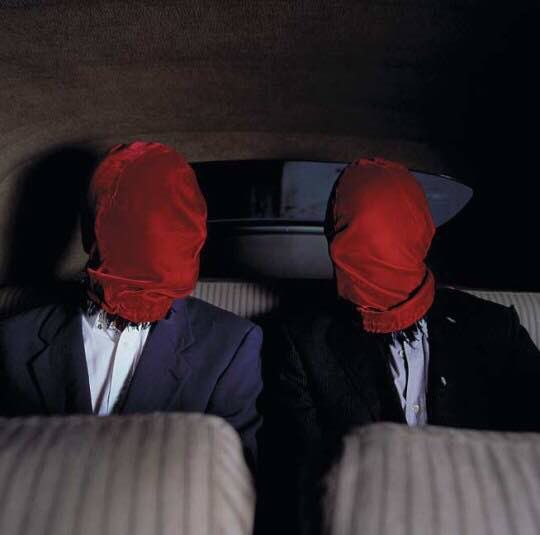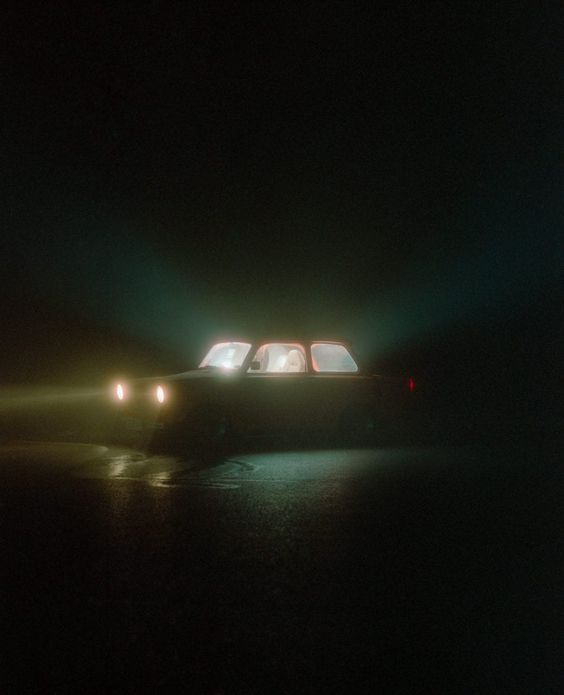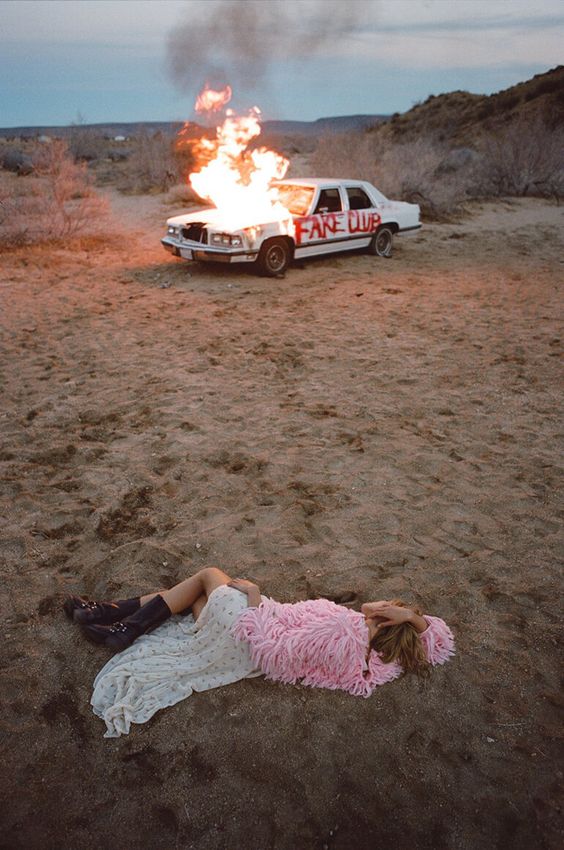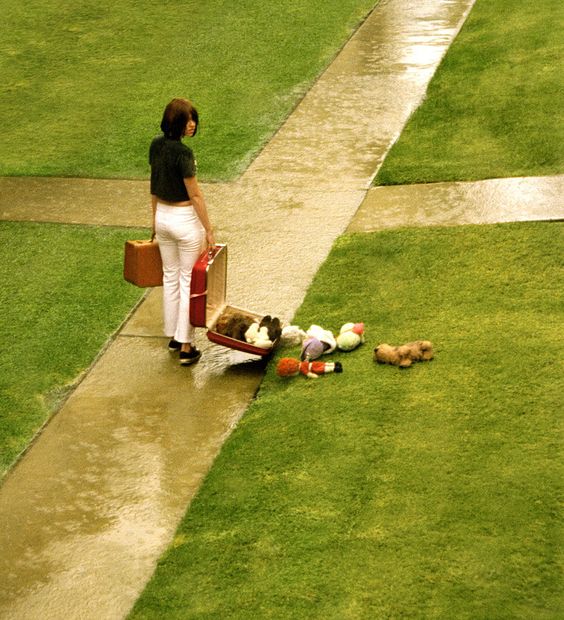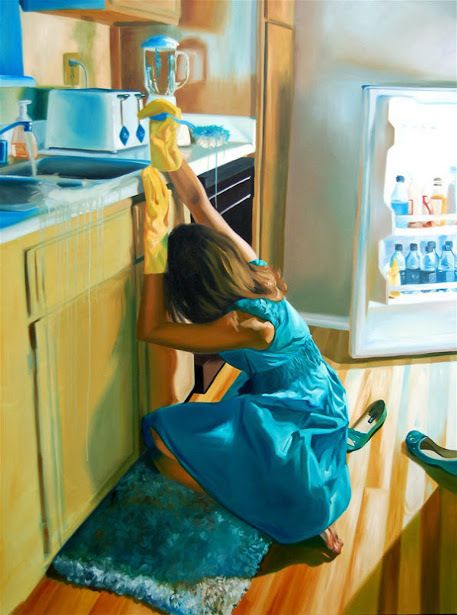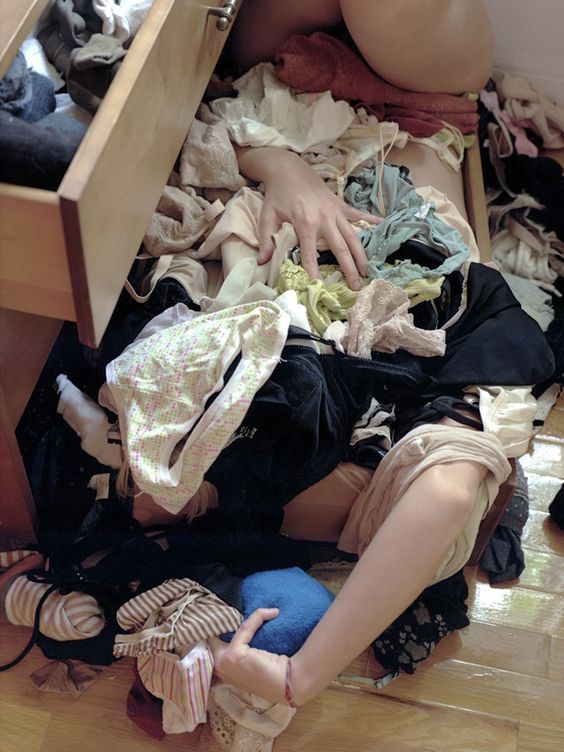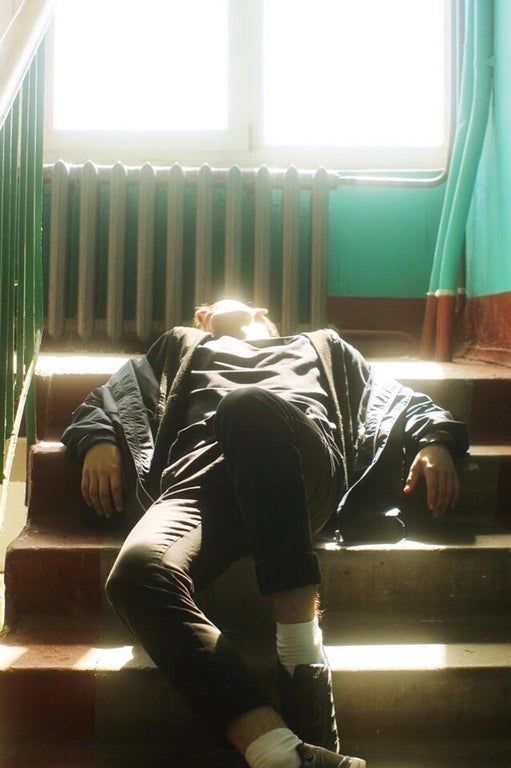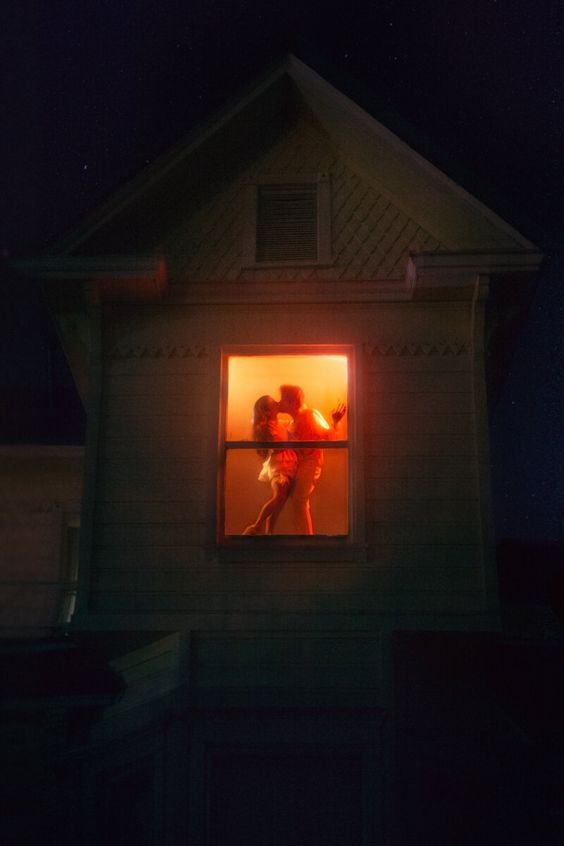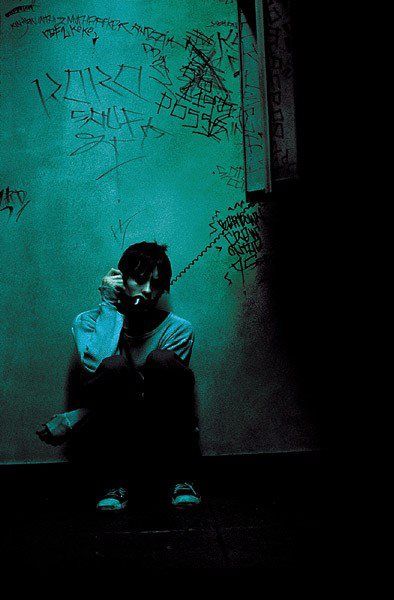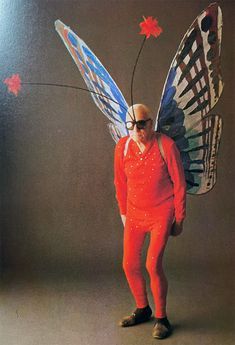|
DENOTATION - the literal or primary meaning of a word, in contrast to the feelings or ideas that the word suggests.
CONNOTATION - an idea or feeling that a word invokes in addition to its literal or primary meaning
How do your personal experiences help you interpret the image? What are some things that could be altered to enhance or change our interpretation? |
|
DENOTATION - the literal or primary meaning of a word, in contrast to the feelings or ideas that the word suggests.
CONNOTATION - an idea or feeling that a word invokes in addition to its literal or primary meaning
How do your personal experiences help you interpret the image? What are some things that could be altered to enhance or change our interpretation? |
The simple idea behind the constructed or a staged image is that you create a photo or a series of photos, where the image in front of the camera was constructed by you as well. The constructed image could mean that you have made drastic changes to the set or small tiny adjustments to the subject and/or set.
Today we as artists/photographers have to understand that photography is subjective, and it’s through the constructed image that we can can transform places into something that appears quite theatrical, artifacts and archetypes into critical symbols to challenge the assumptions about the transparency of the photograph.
Today we as artists/photographers have to understand that photography is subjective, and it’s through the constructed image that we can can transform places into something that appears quite theatrical, artifacts and archetypes into critical symbols to challenge the assumptions about the transparency of the photograph.
Communicating Through Symbolism
Arnolfini Portrait - Jan van Eyck - 1434
Gregory Crewdson
In Gregory Crewdson’s photographs, suburban America is besieged by inexplicable, uncanny occurrences. His elaborately staged panoramas often elicit comparisons to the films of Alfred Hitchcock, David Lynch, and Steven Spielberg. Although he eschews the clarity of narrative film, Crewdson engages with his material as a director might, going to great lengths to construct fictional realms, recently employing a crew of up to thirty-five to help realize his cinematic visions.
In Crewdson’s work, meaning is kept just out of reach, where it lurks like a repressed trauma. His early Natural Wonder series (1992–97) focused on wildlife—birds, worms, and insects—forced to the edges of suburbia. These scenes take on the air of mysterious rituals. In one photograph, several birds have created a circular clearing in the grass and lined it with their speckled eggs, over which they stand guard. In another image, dozens of butterflies converge in a frenzied mass, smothering whatever lies beneath them. These ambiguous activities go entirely unnoticed by people, although a human presence is often suggested in the photographs by placid houses in the background. MORE ABOUT GREGORY CREWDSON
In Crewdson’s work, meaning is kept just out of reach, where it lurks like a repressed trauma. His early Natural Wonder series (1992–97) focused on wildlife—birds, worms, and insects—forced to the edges of suburbia. These scenes take on the air of mysterious rituals. In one photograph, several birds have created a circular clearing in the grass and lined it with their speckled eggs, over which they stand guard. In another image, dozens of butterflies converge in a frenzied mass, smothering whatever lies beneath them. These ambiguous activities go entirely unnoticed by people, although a human presence is often suggested in the photographs by placid houses in the background. MORE ABOUT GREGORY CREWDSON
Philip Lorca diCorcia
Philip-Lorca diCorcia’s photographs straddle truth and fiction by combining real people and places—but not necessarily people and places that naturally go together. The theatricality of his images is carefully constructed: he arranges the objects of each scene and devises precise lighting and framing for every project. His work is often described as cinematic, a description that diCorcia deplores. He insists that his pictures suggest rather than elucidate a full narrative. His brand of storytelling results in unstable, unfixed images that point in certain directions but never provide a definitive map. MORE ABOUT Philip Lorca diCorcia
Cidny Sherman
By turning the camera on herself, Cindy Sherman has built a name as one of the most respected photographers of the late twentieth century. Although, the majority of her photographs are pictures of her, however, these photographs are most definitely not self-portraits. Rather, Sherman uses herself as a vehicle for commentary on a variety of issues of the modern world: the role of the woman, the role of the artist and many more. It is through these ambiguous and eclectic photographs that Sherman has developed a distinct signature style. Through a number of different series of works, Sherman has raised challenging and important questions about the role and representation of women in society, the media and the nature of the creation of art. MORE ABOUT CINDY SHERMAN
EVEN MORE EXAMPELS
The Summative Assignment
You will be constructing a narrative through symbolism and submitting a series of 5 image then choosing the strongest of the series to dig and and an explanation of the symbols in your photo
What I am looking for:
What I am looking for:
- STORY
- Planning!!! PLANNING PLANNING!!!! Where are you going? What is your narrative, emotion, intention? Who is going to be in it and why. Why are YOU choosing to engage in this? What is YOUR experience with this narrative?
- Communication of a Intentional narrative Minimum of 5 symbols that represent your narrative (colors, physical items, makeup, location, lighting, location, social constructs, etc
- TECHNICAL
- Is it in focus where it should be in focus?
- Are things Straight where they should be straight?
- is it legible / properly exposed?
- Are things lightened and darkened to add to the story where necessary
- do your edits add to the story or distract from the story?
- Composition
- THINK RULE OF THIRDS / directional line etc / Symetry / Asymetrical/ ETC
- color composition - How are you composing colors to add to the over all story (cool blue tone, natural colors, black and white)
- Intentional use of techniques to tell the narrative (high angle, low angle, over the shoulder, etc)
- Intentional use of camera angel techniques to tell the narrative (high angle, low angle, over the shoulder, etc)
